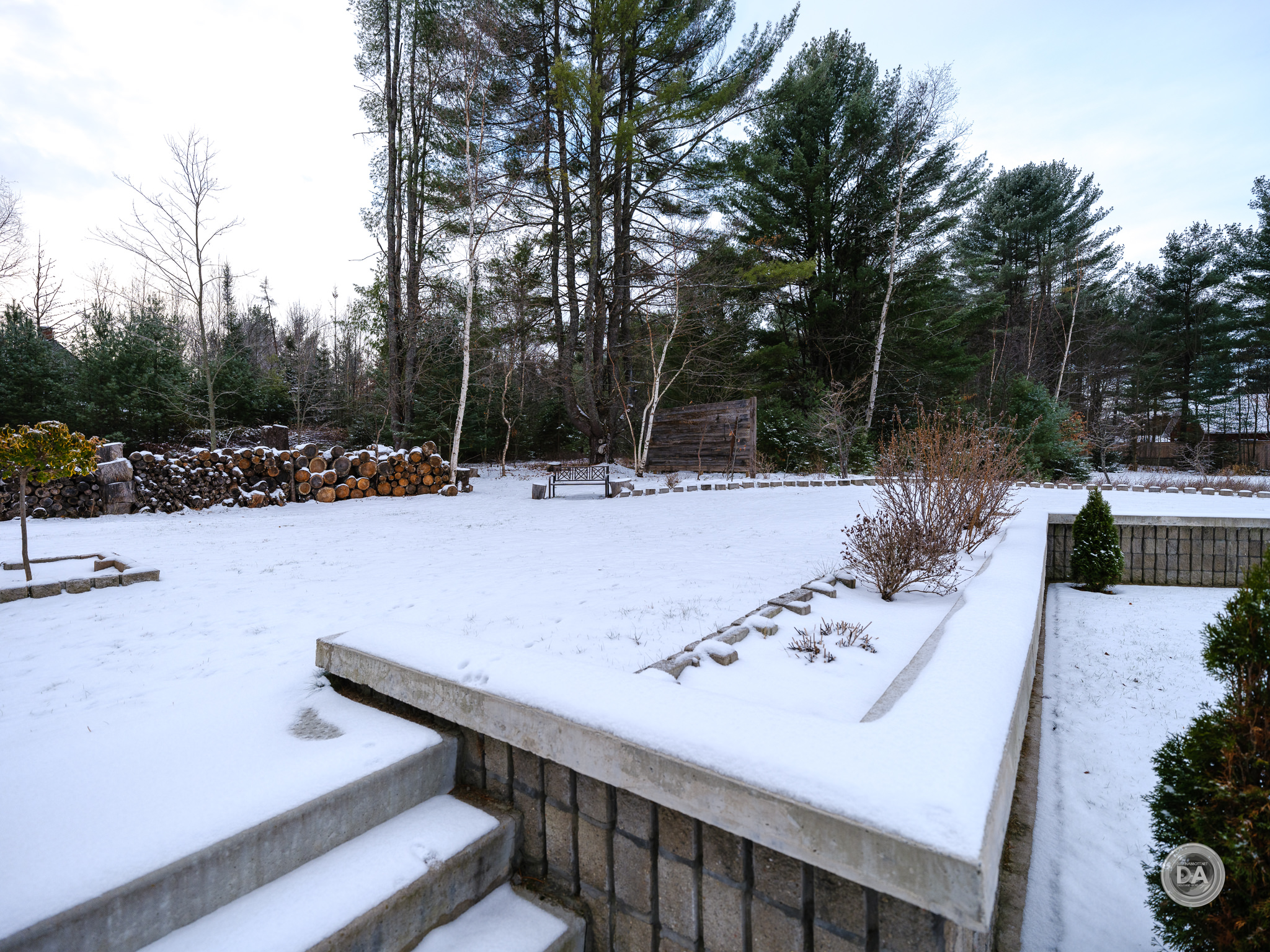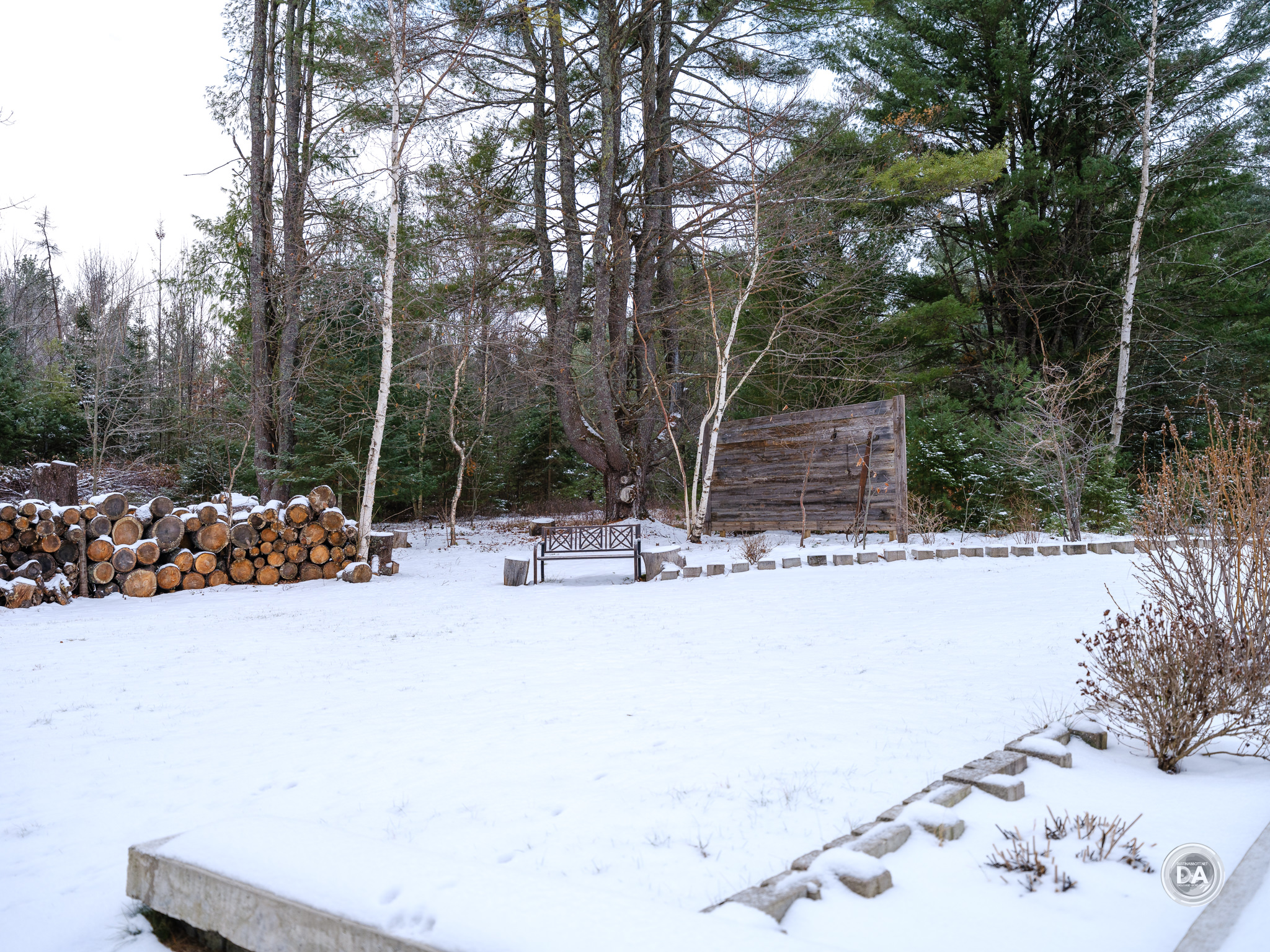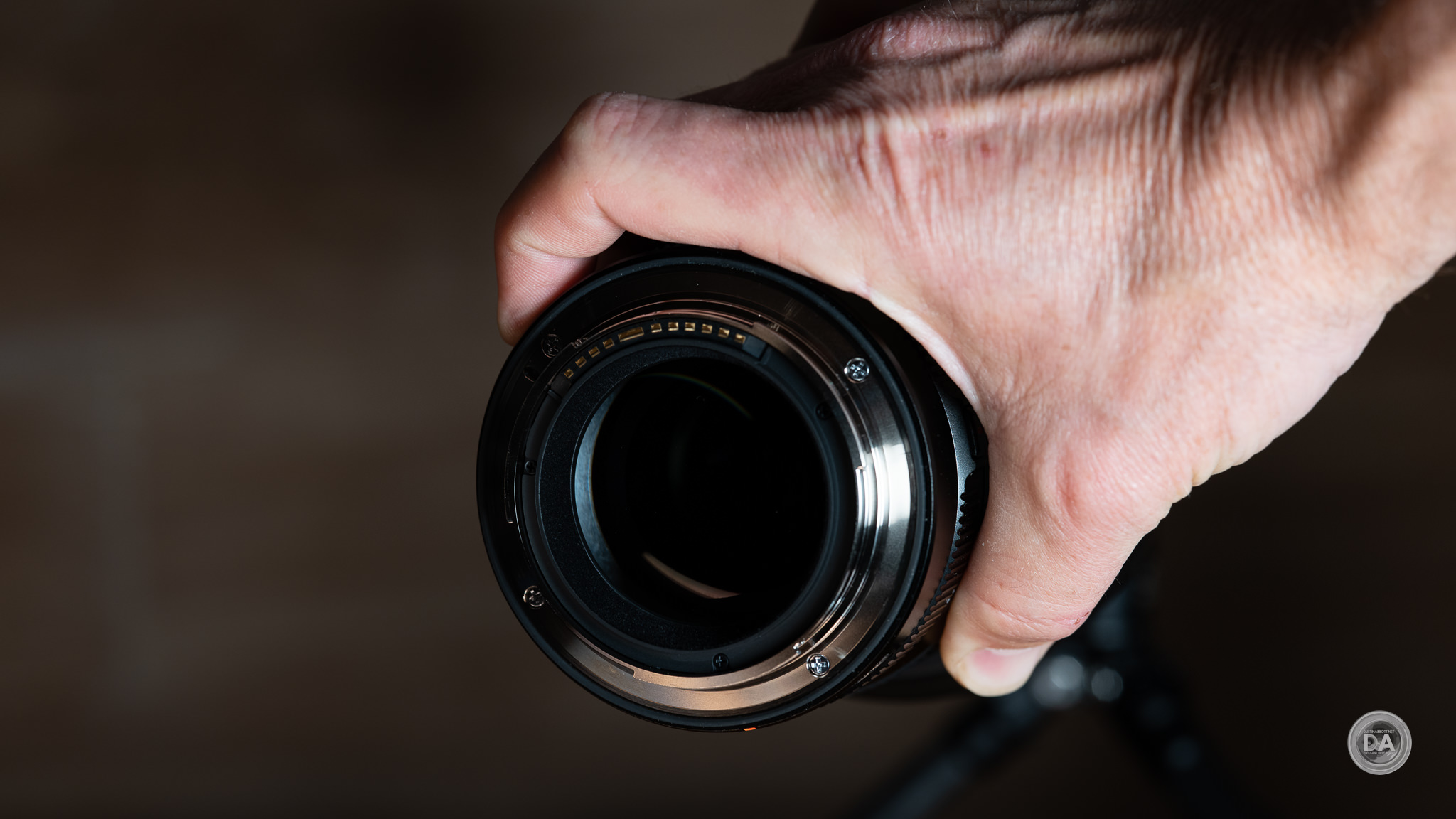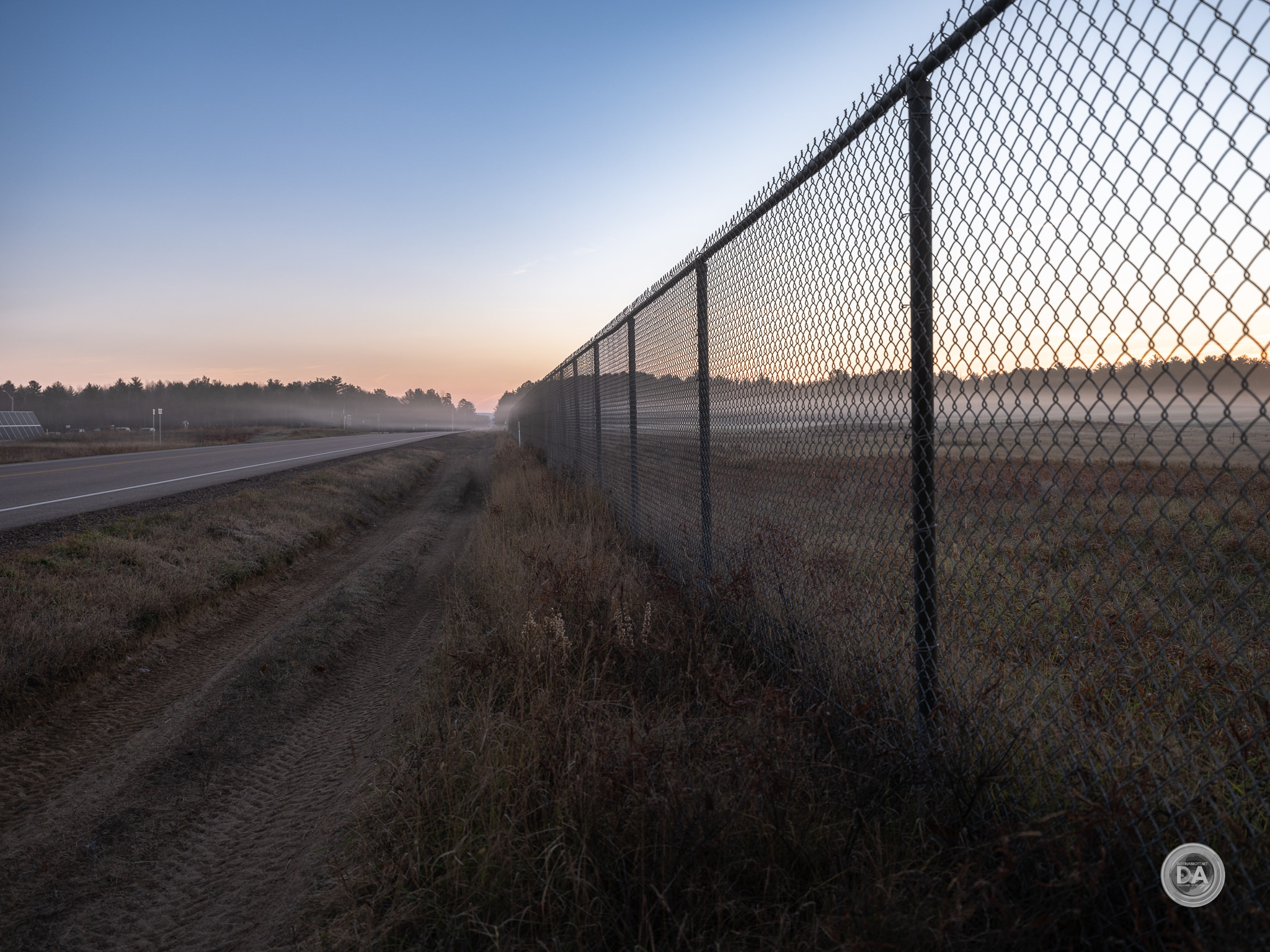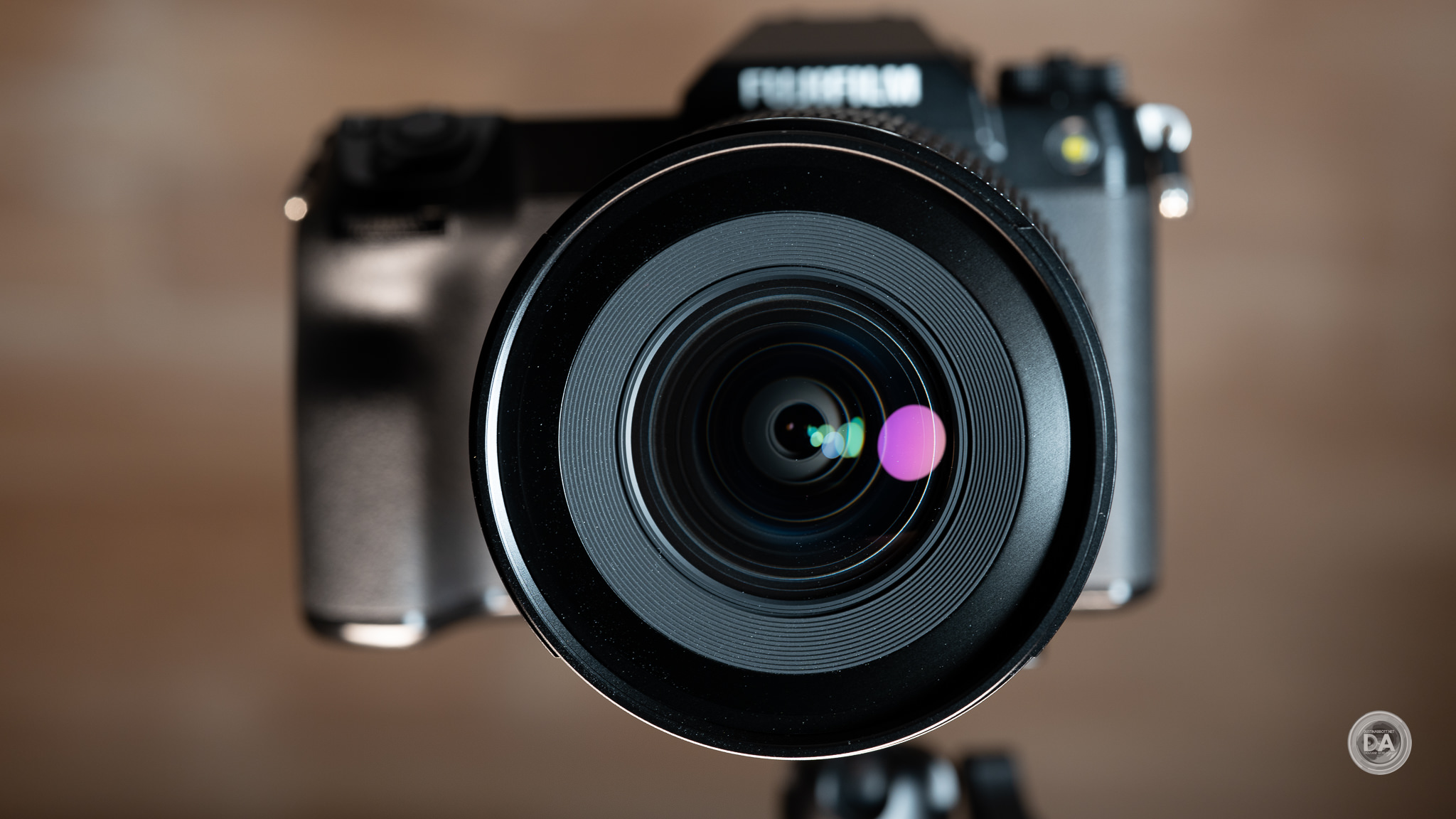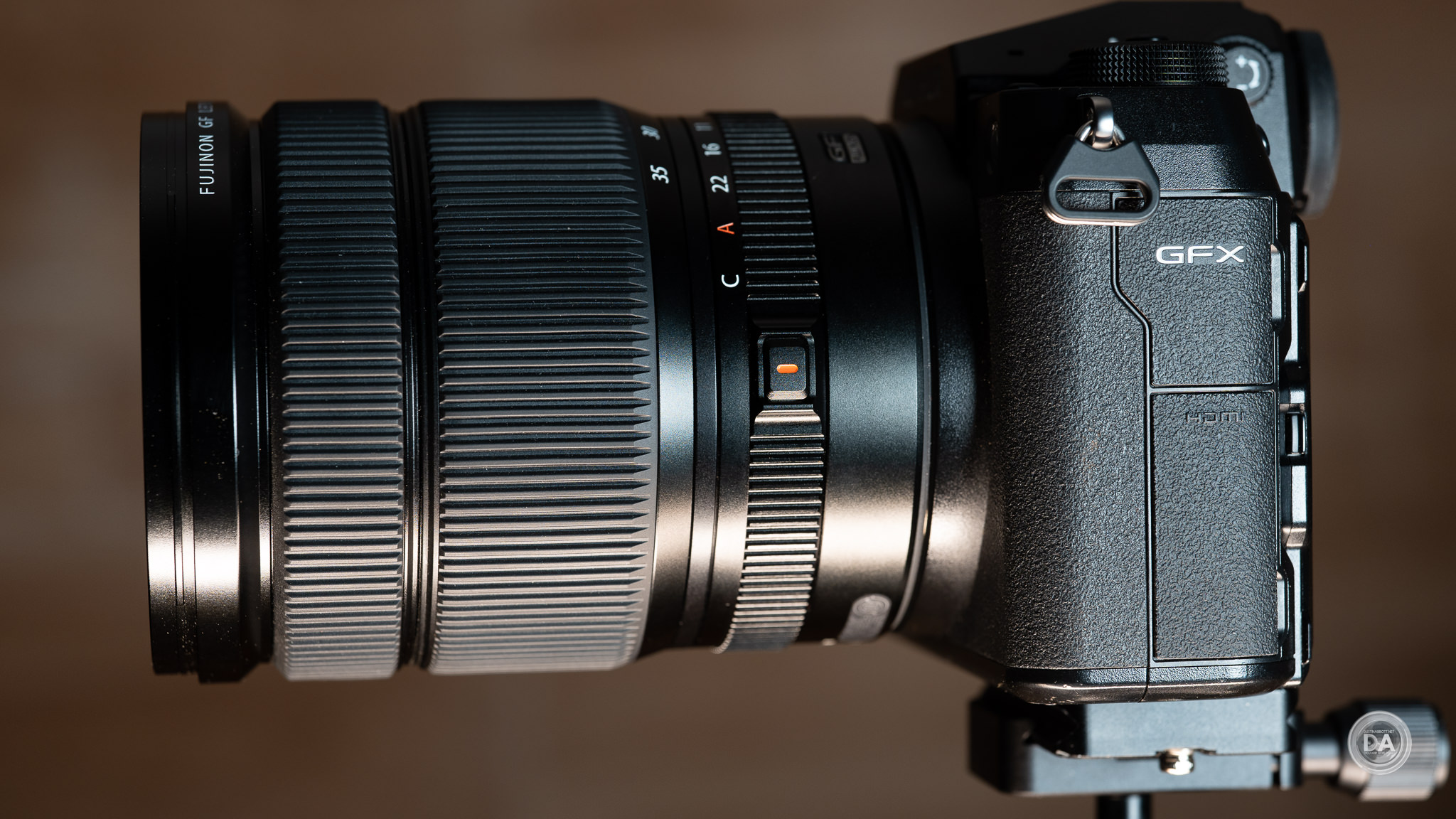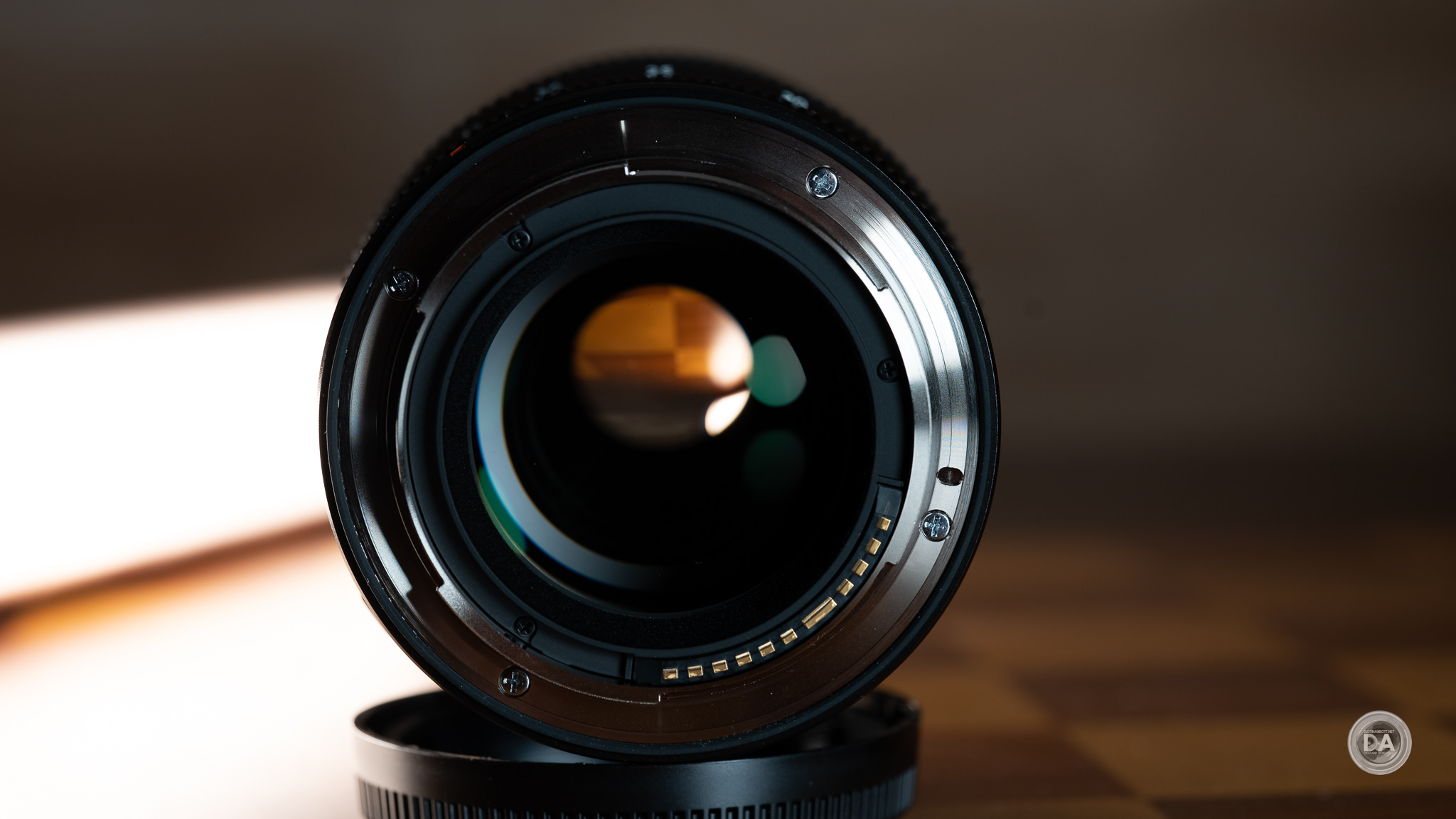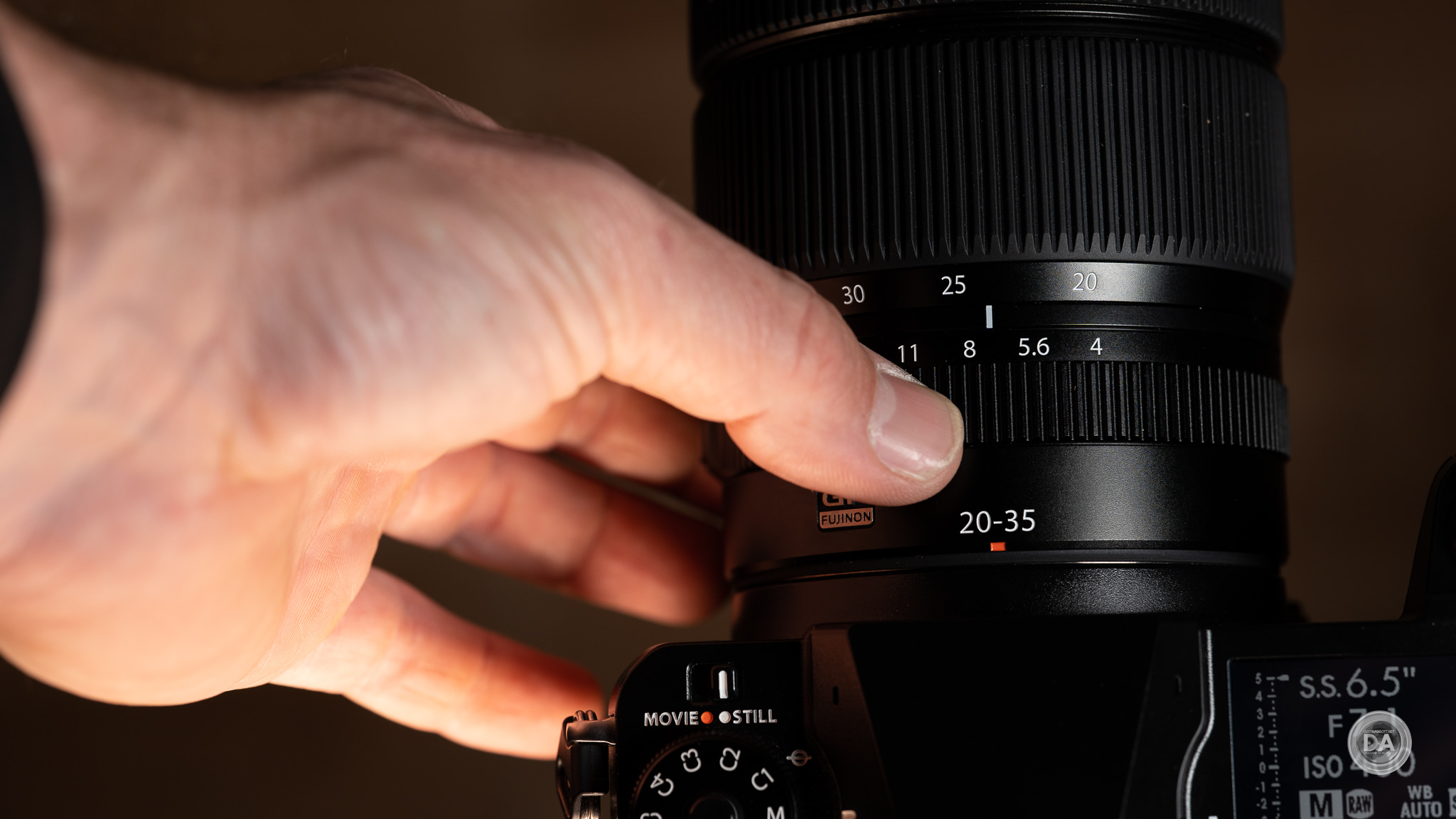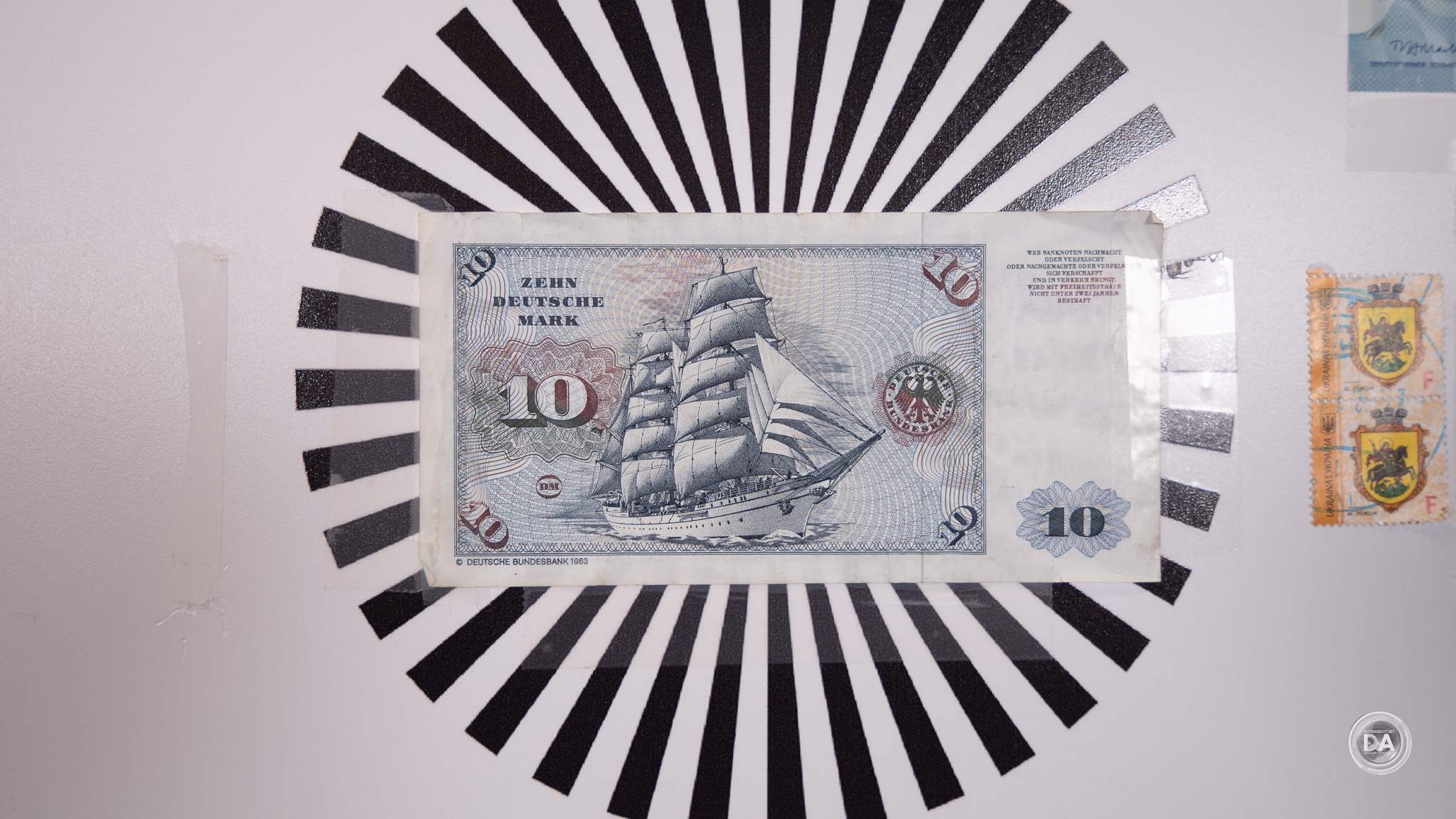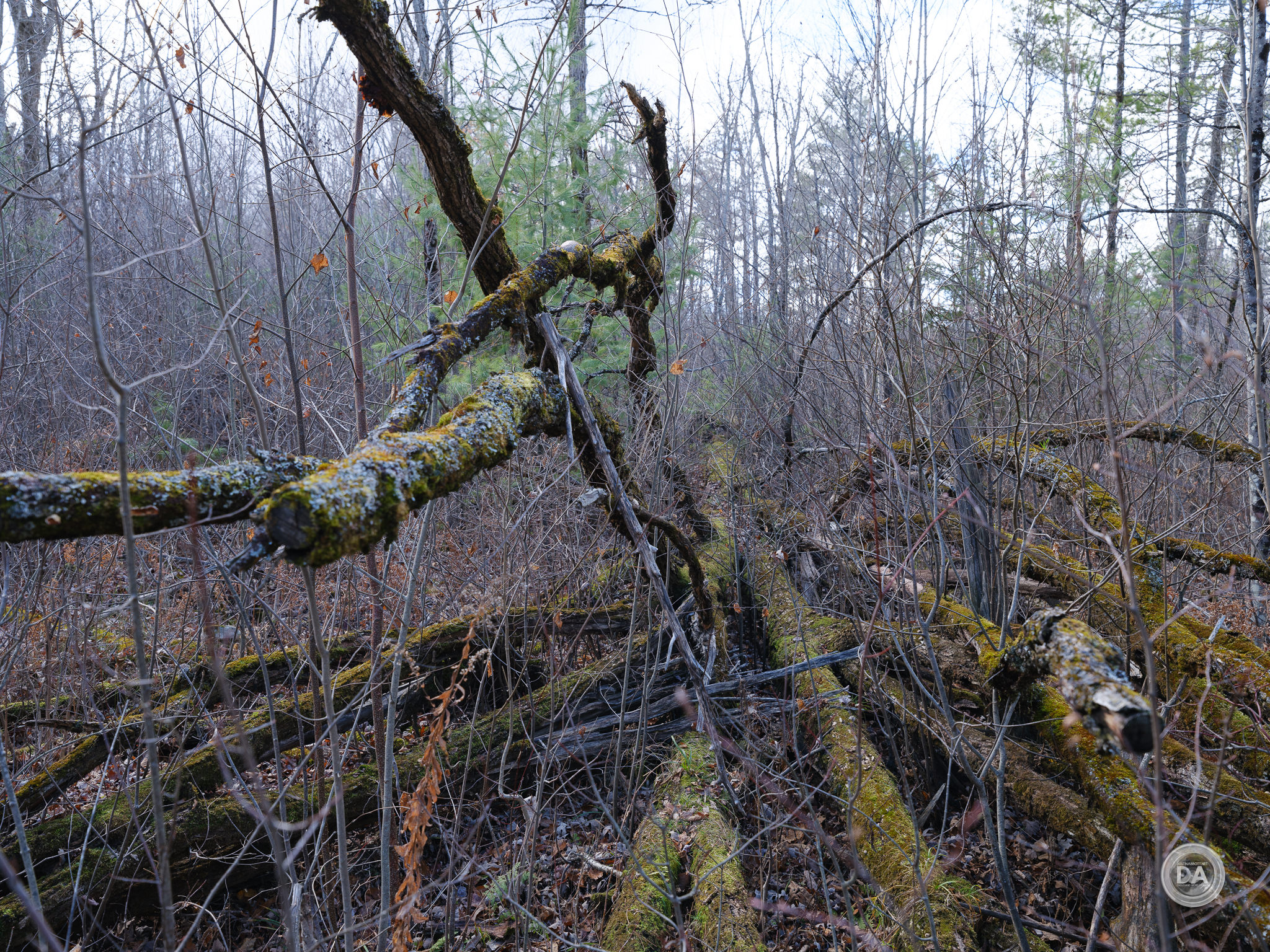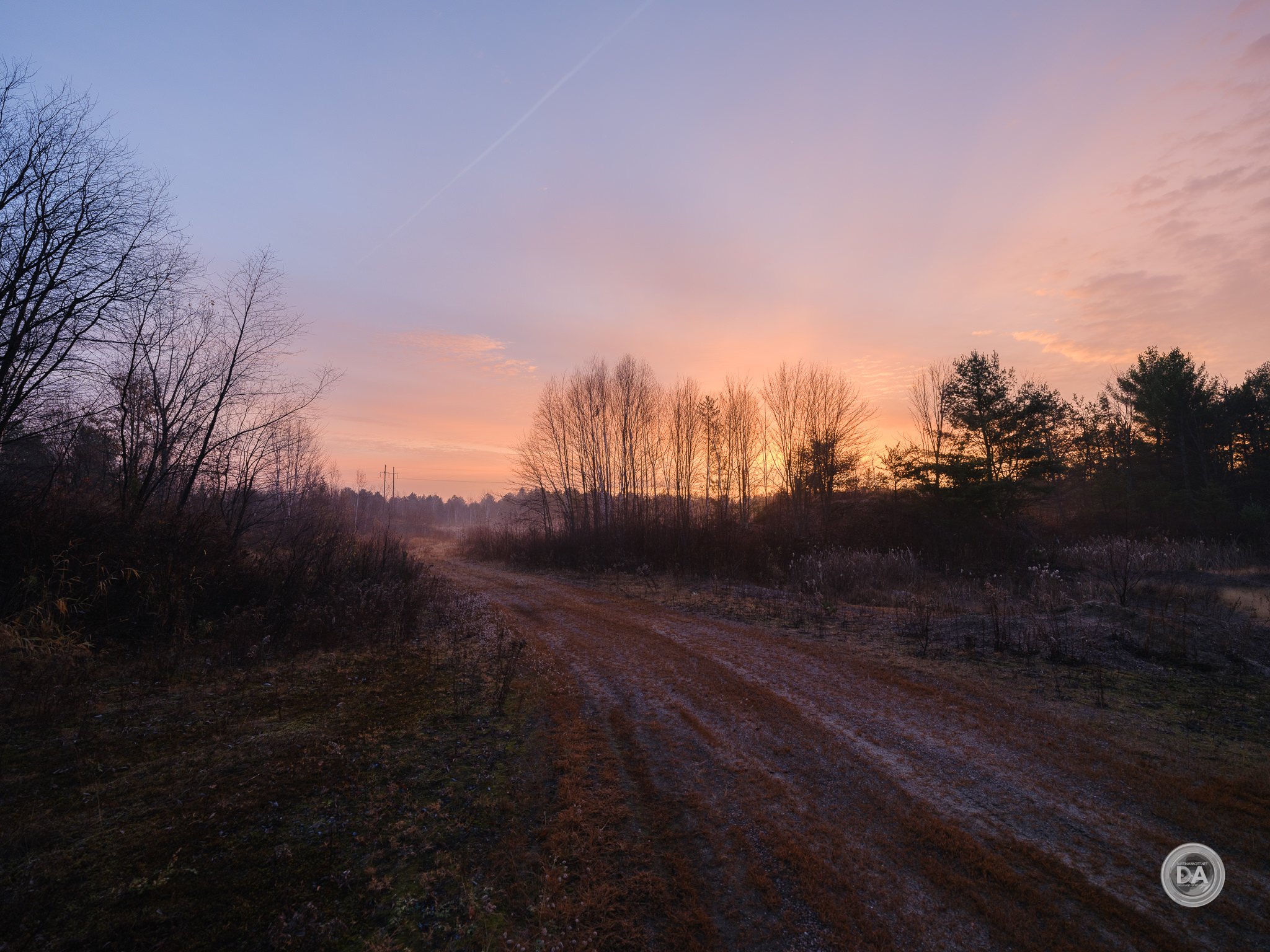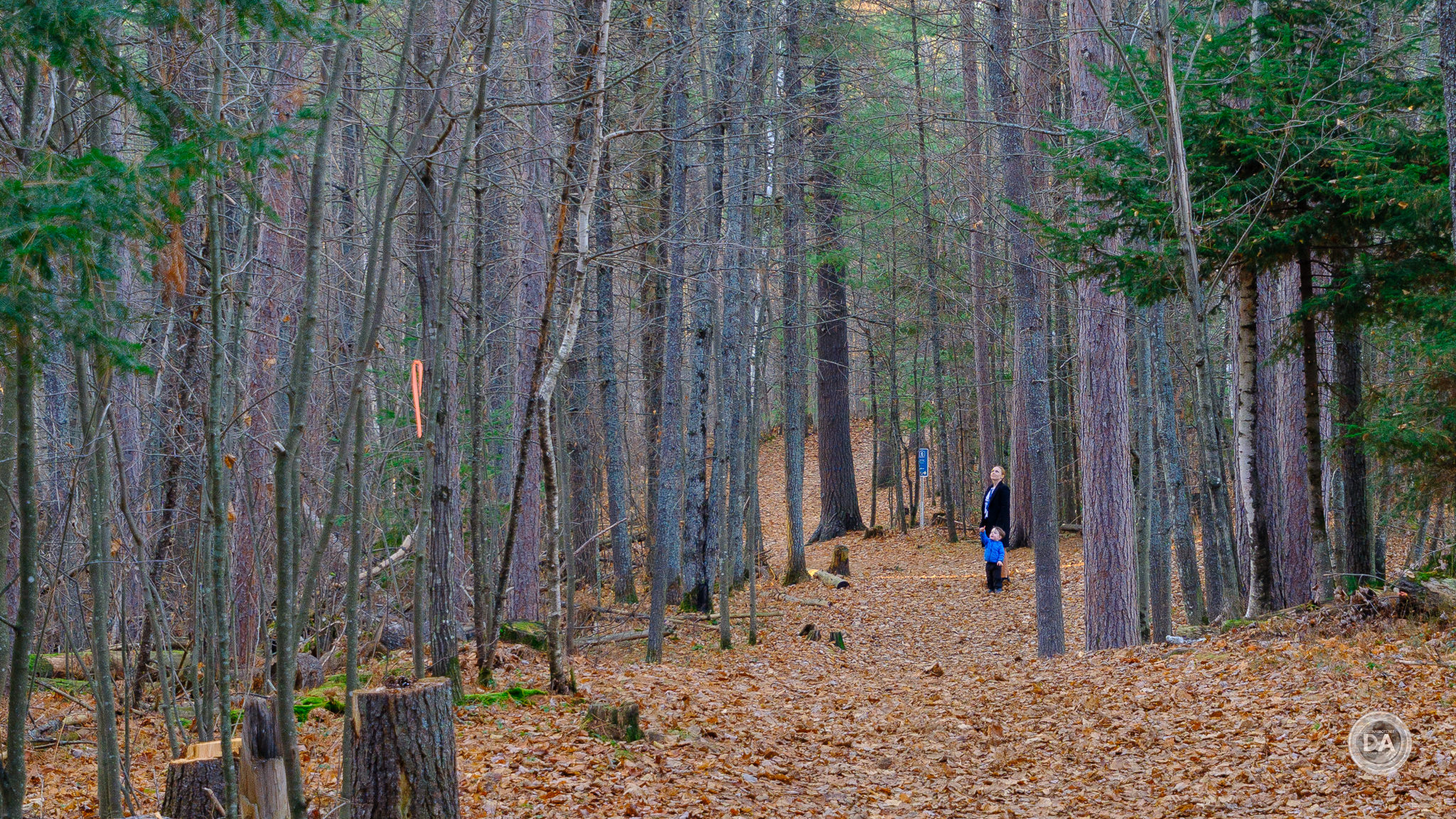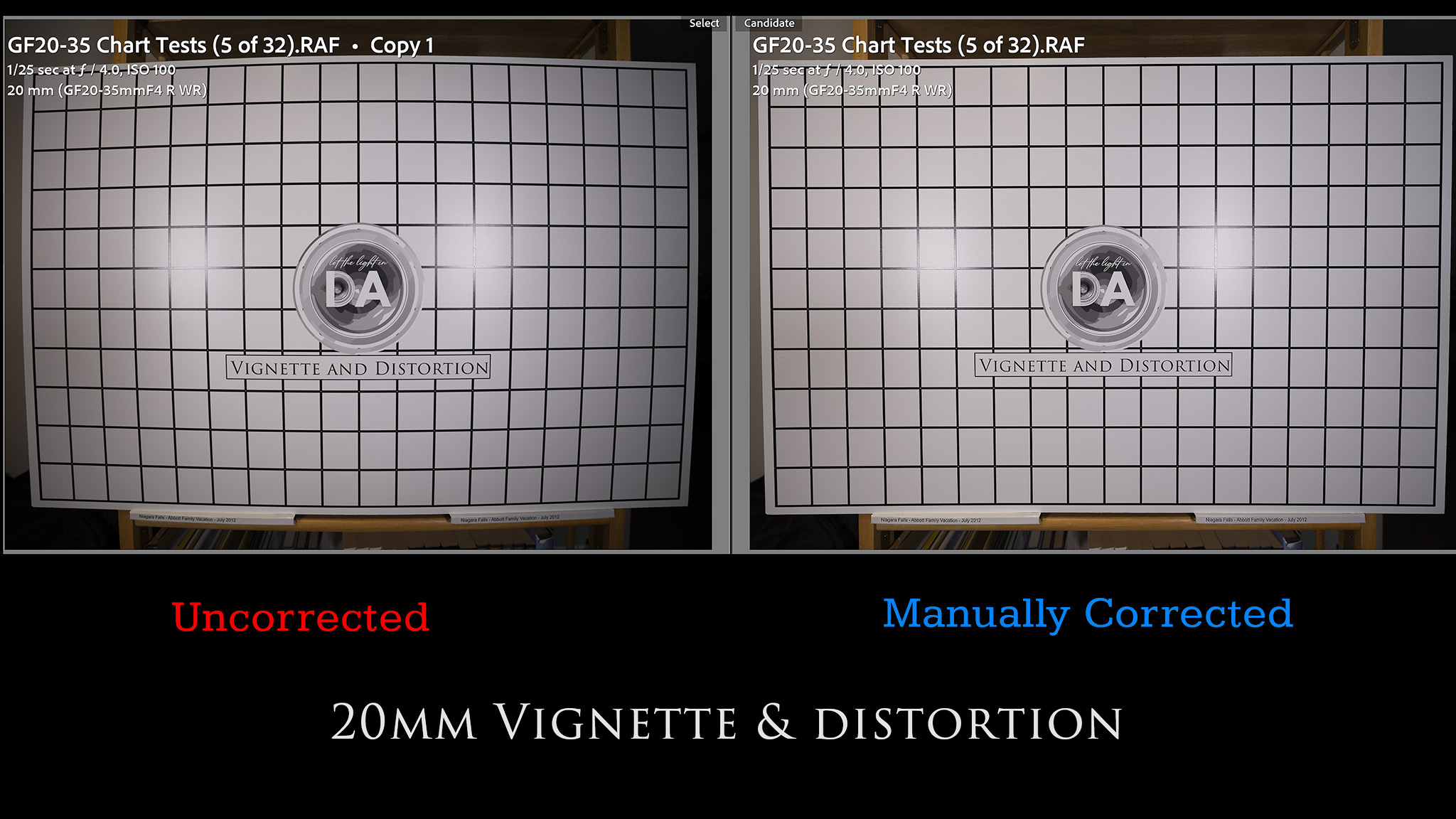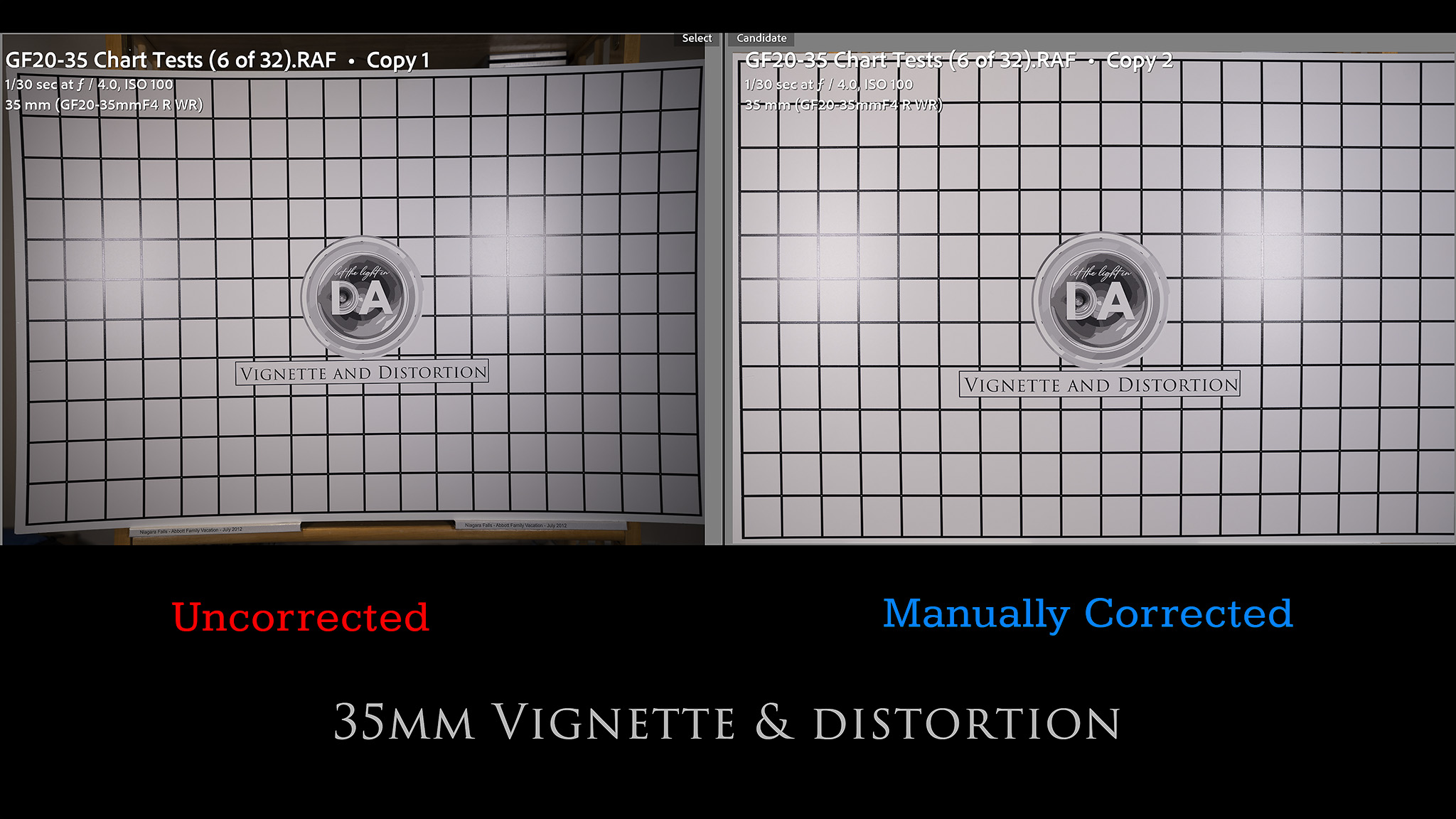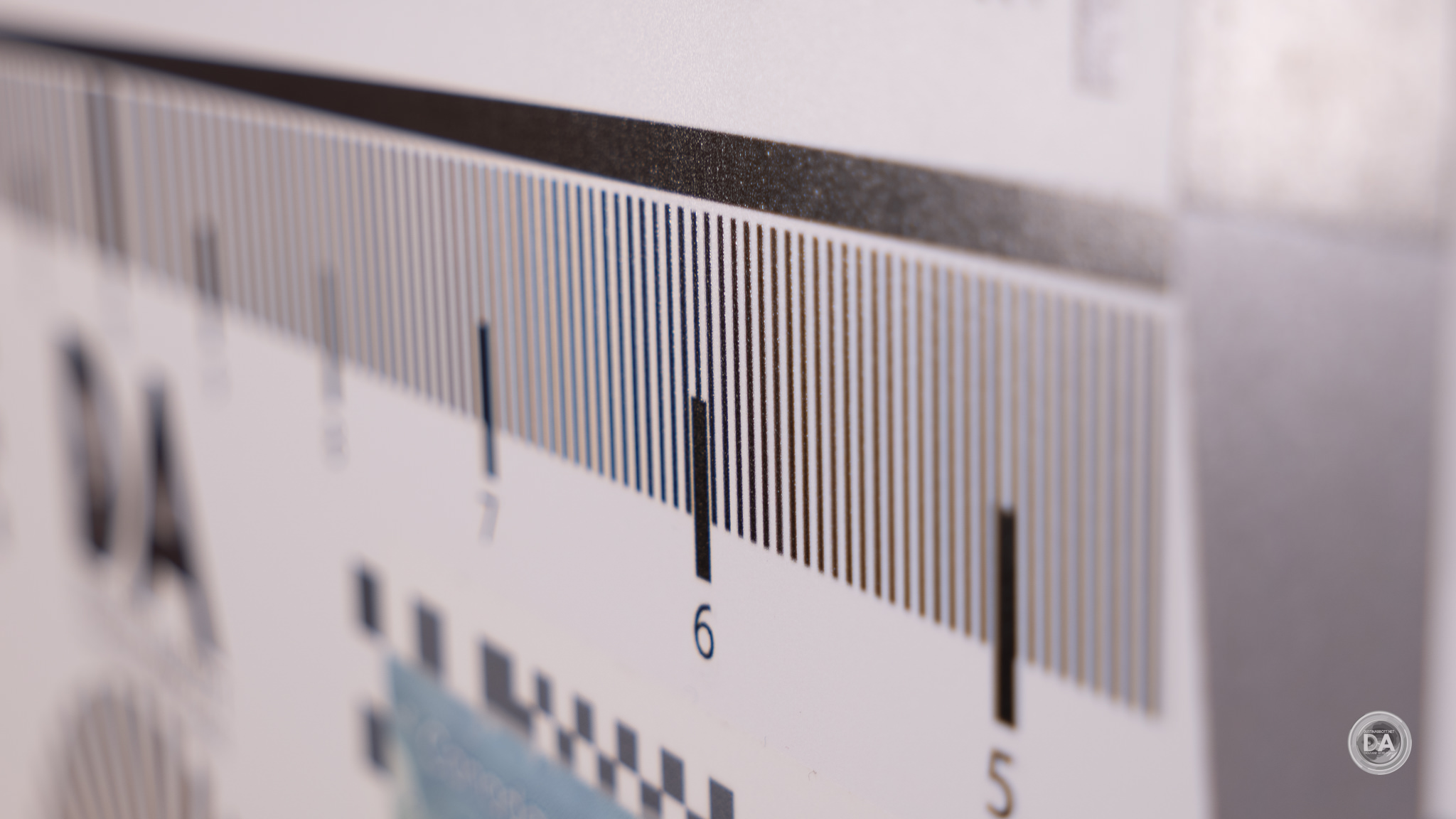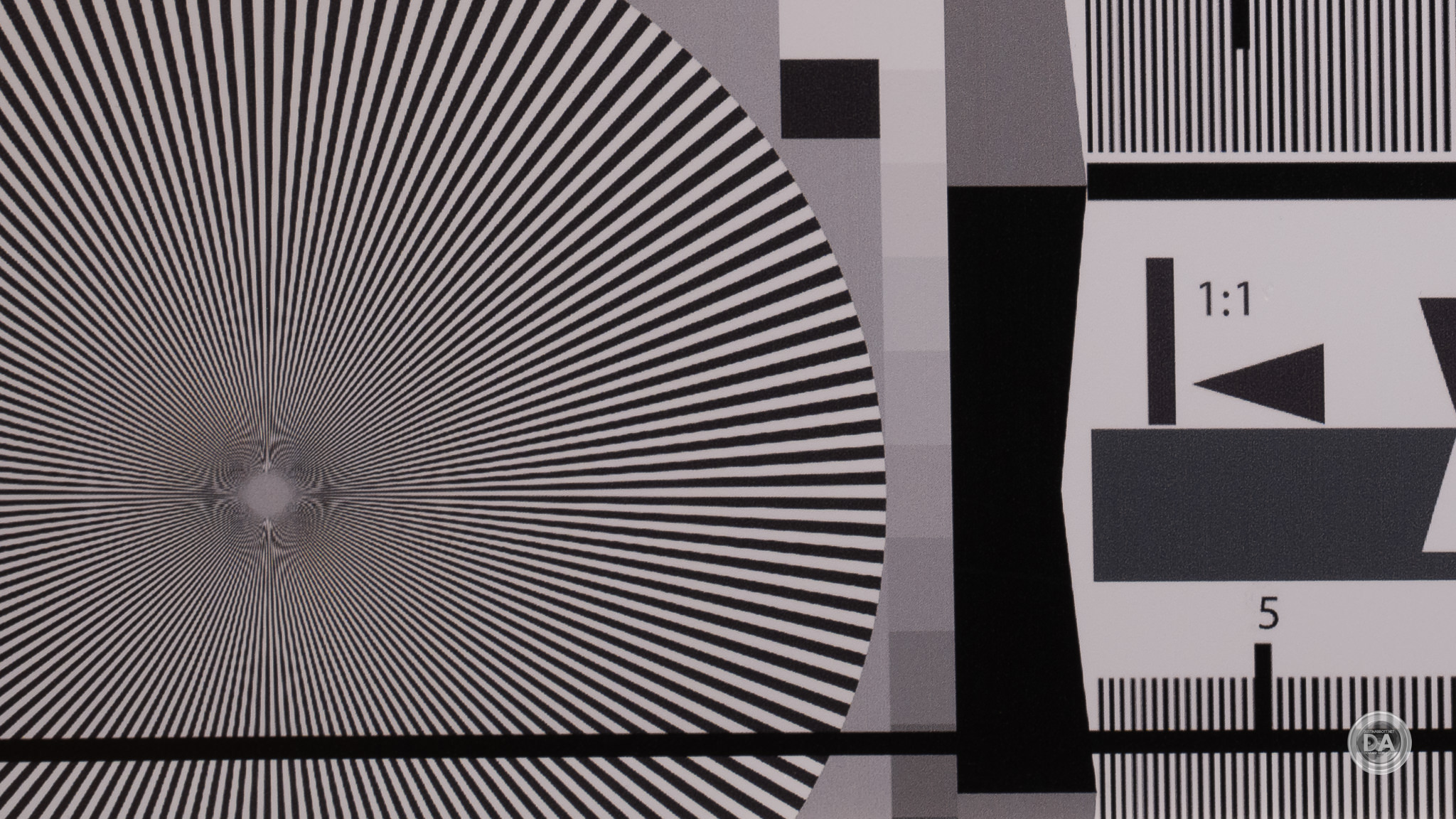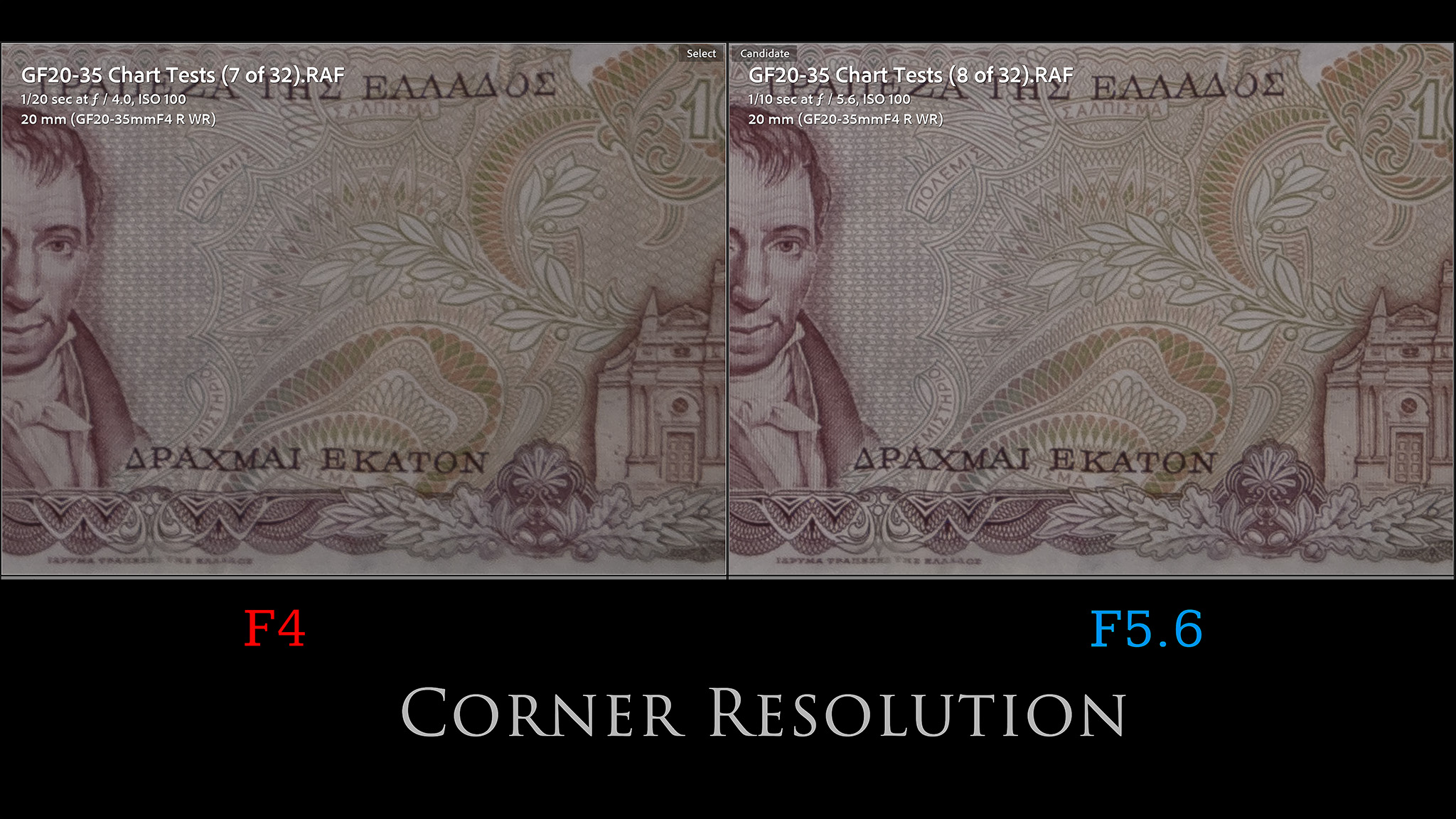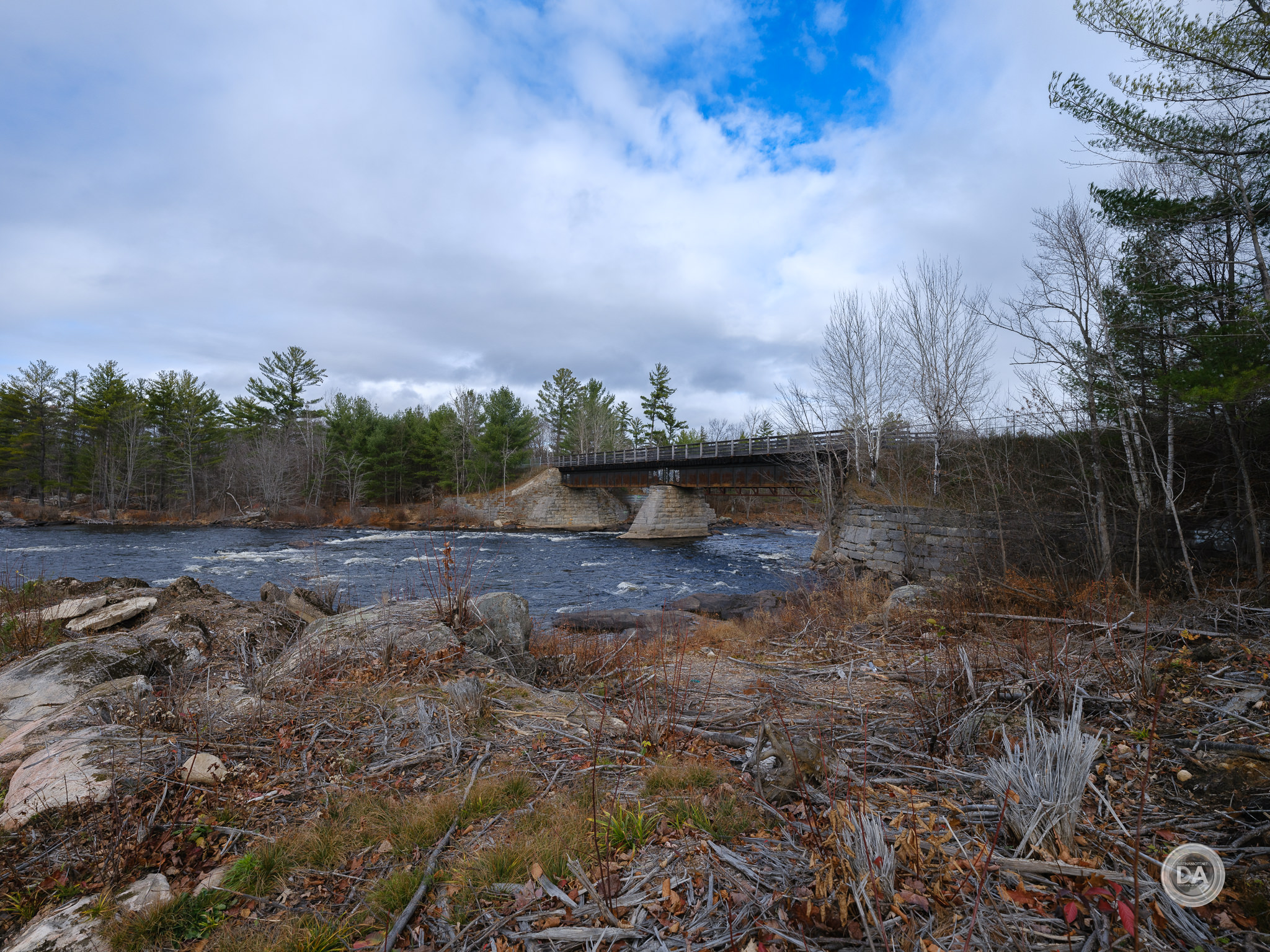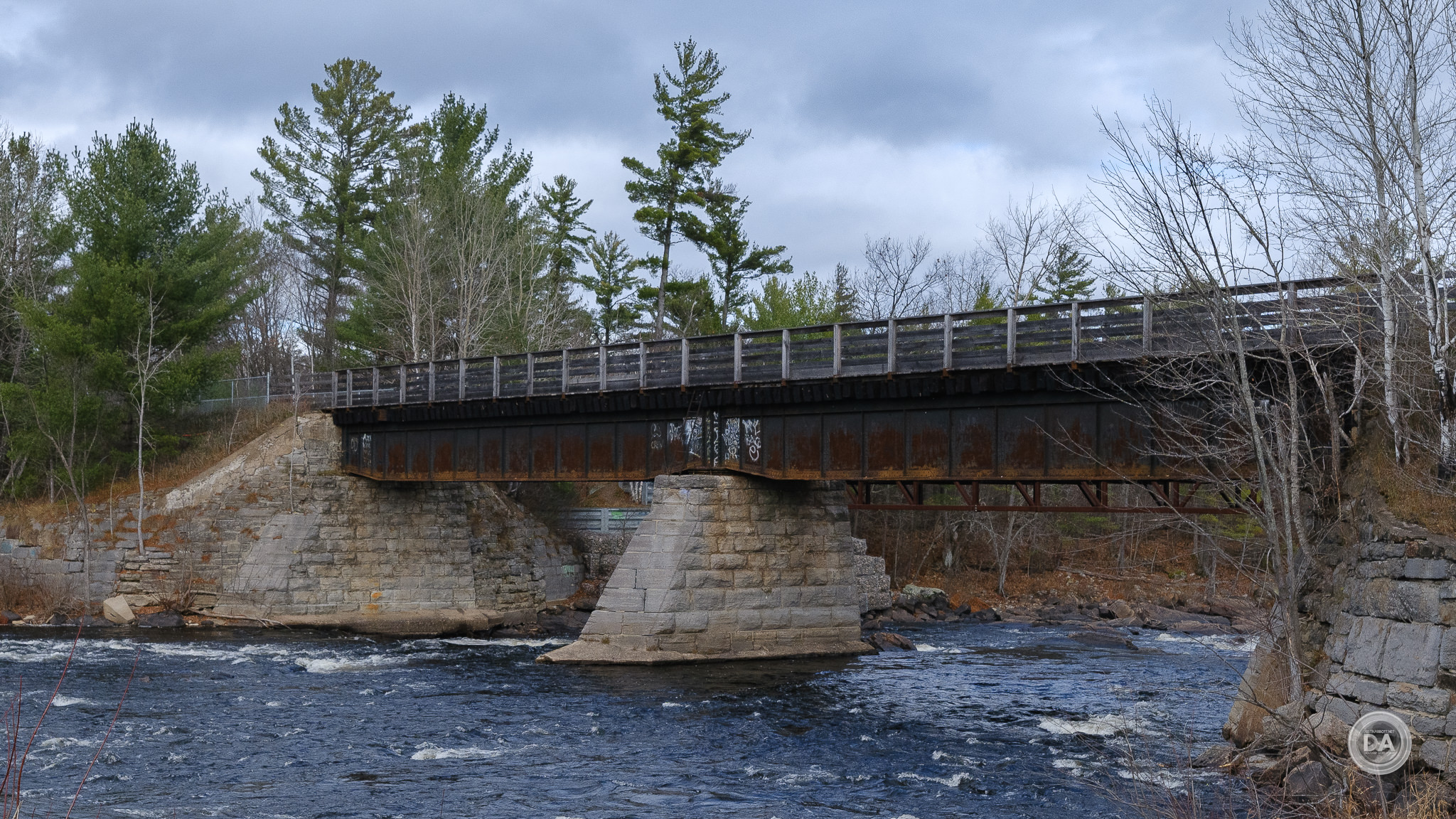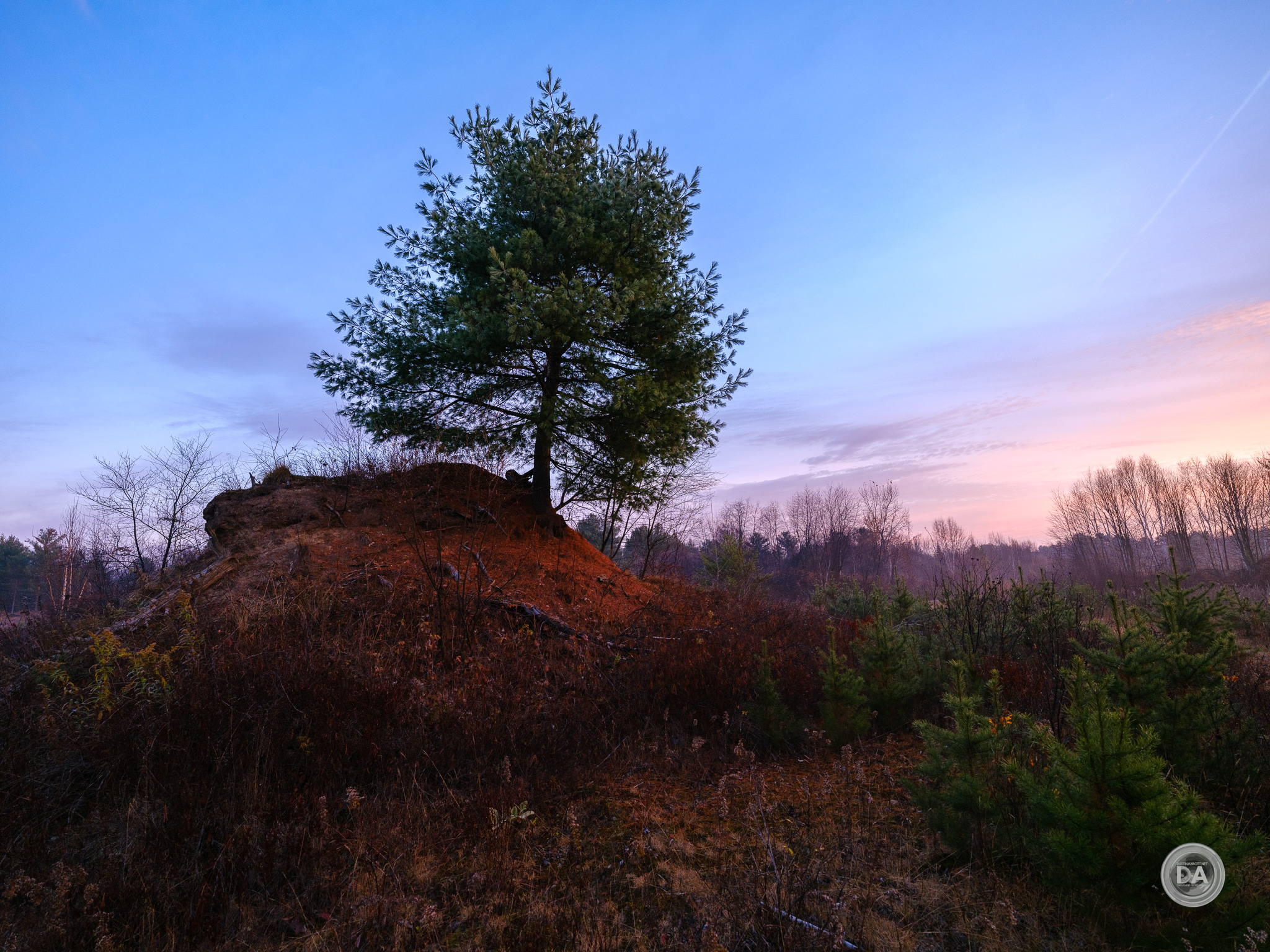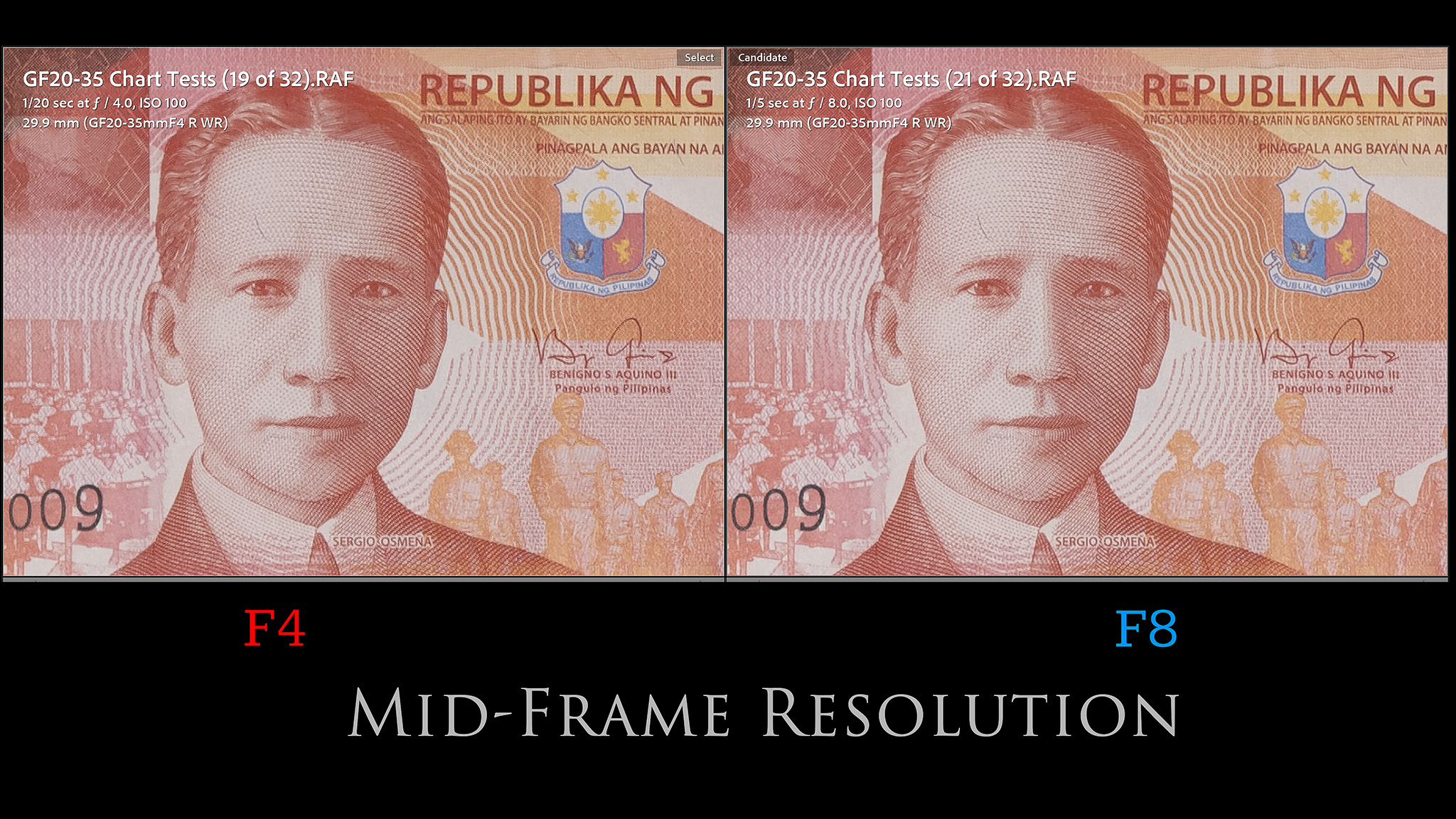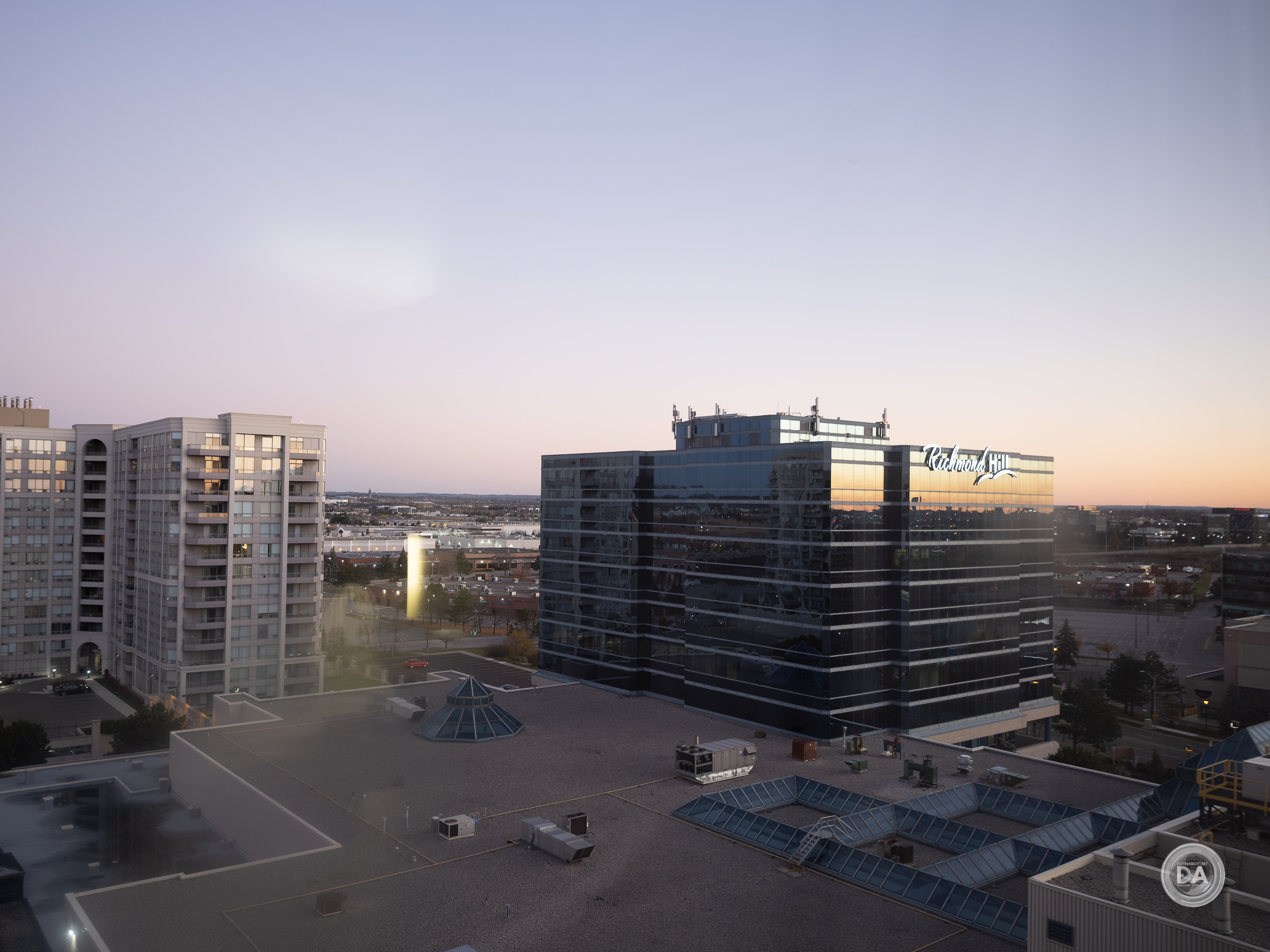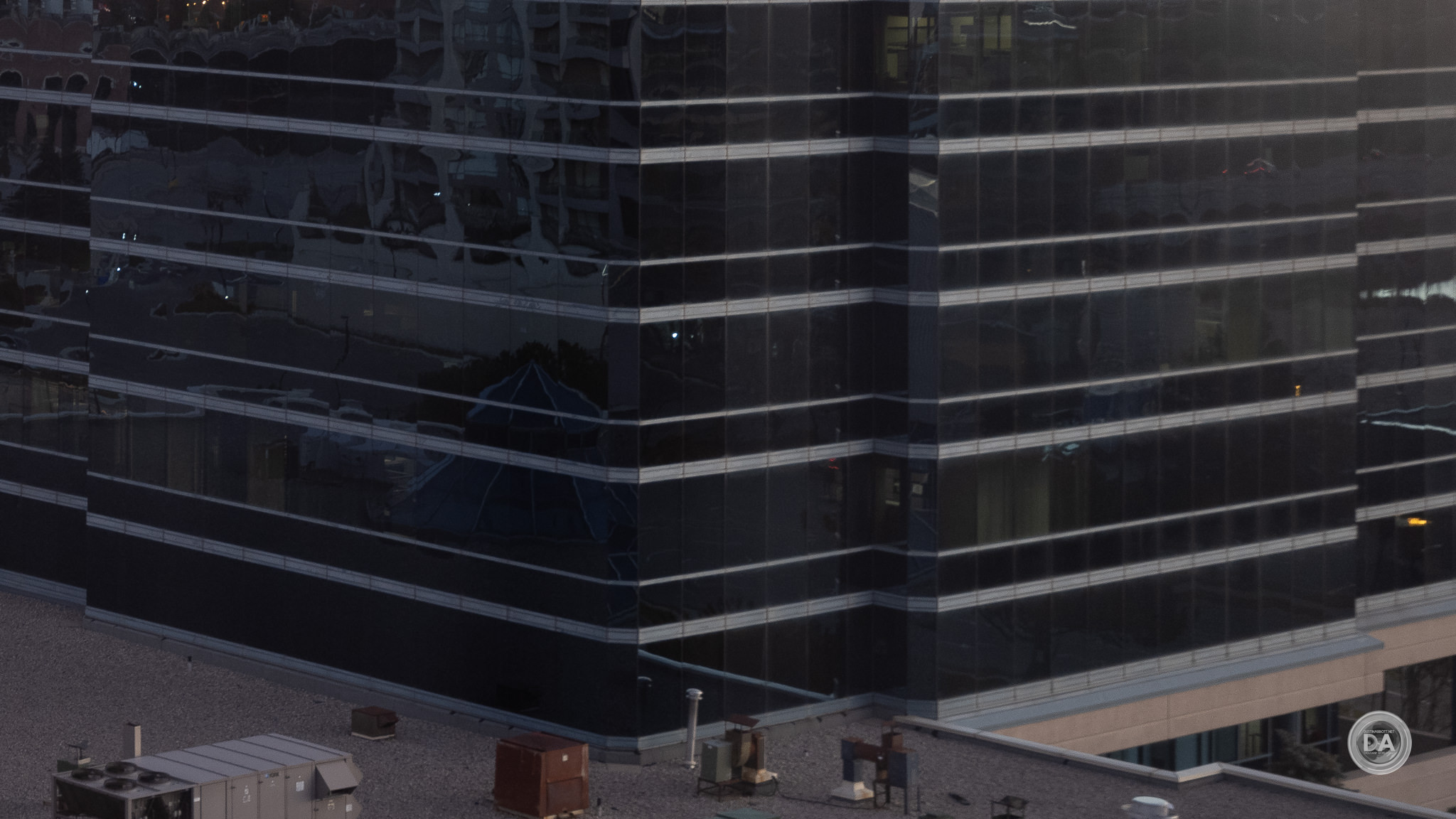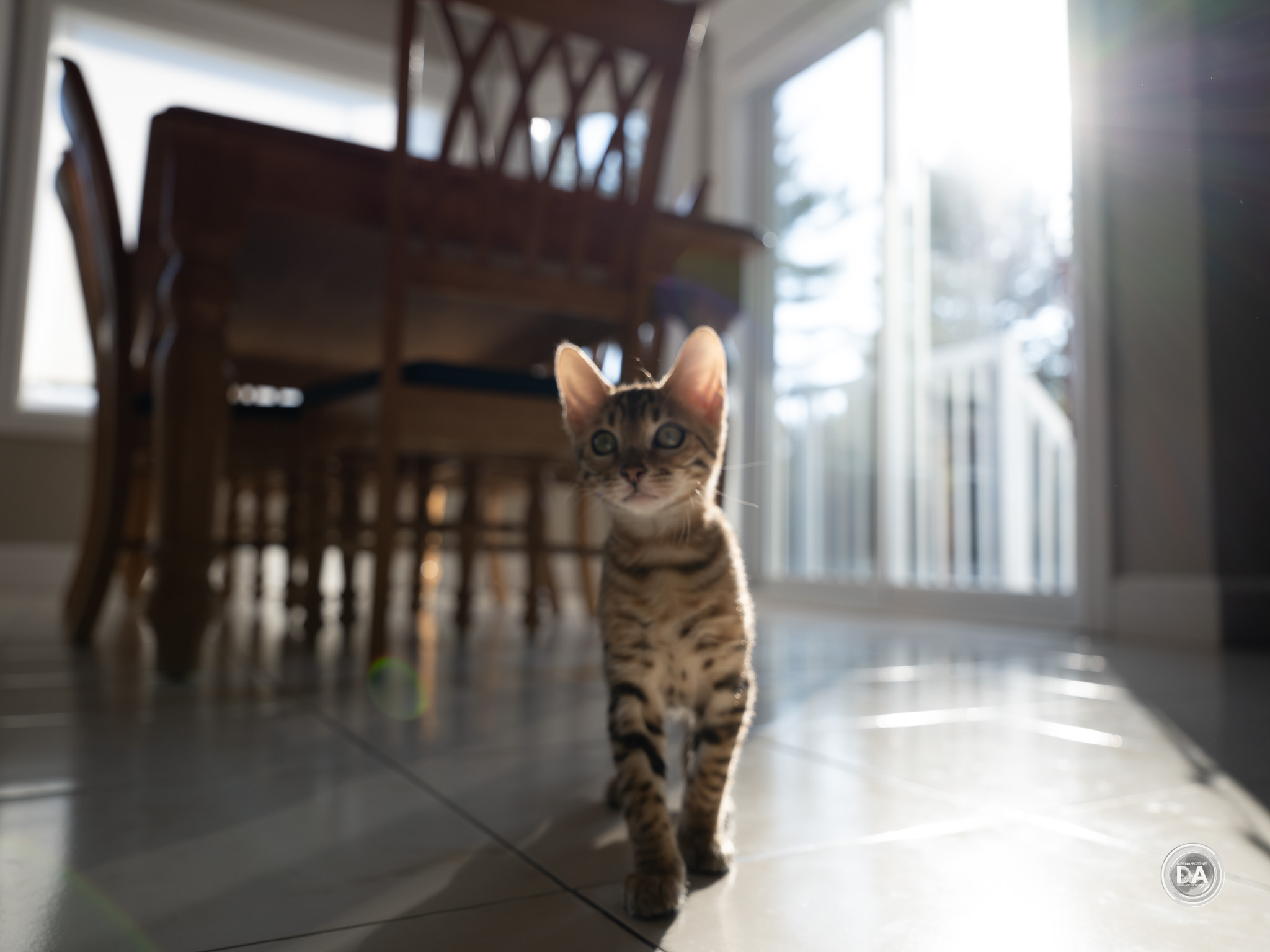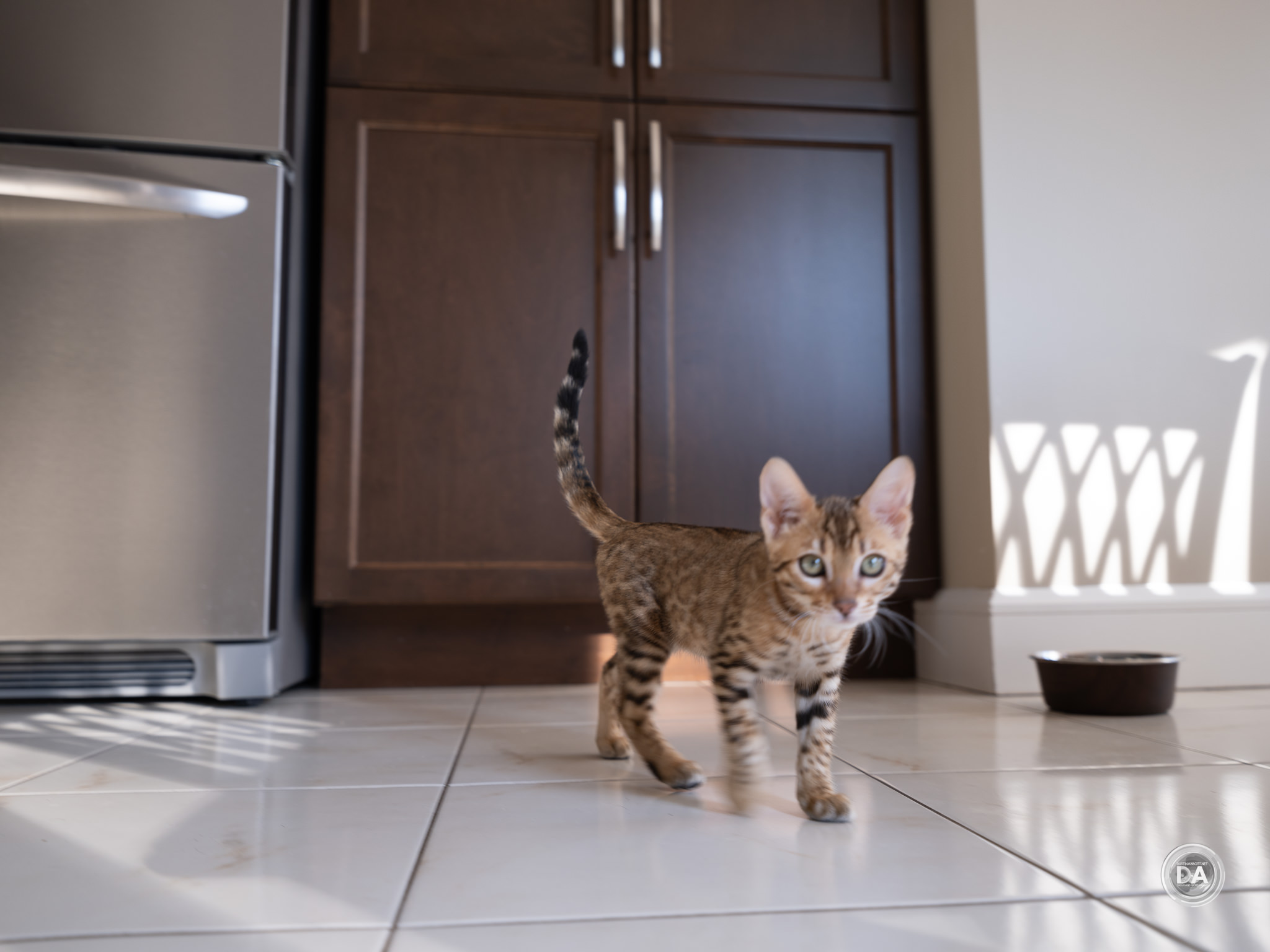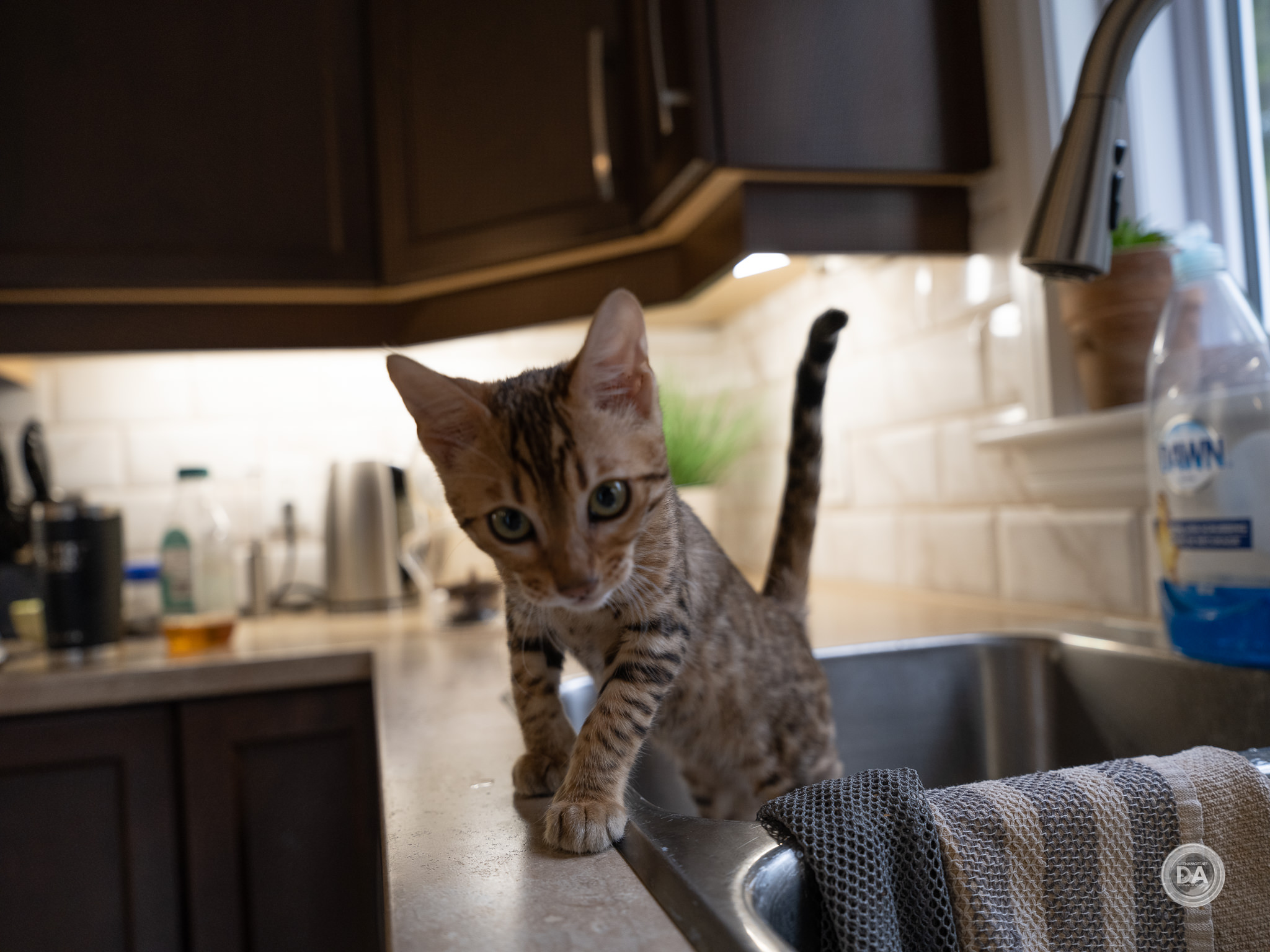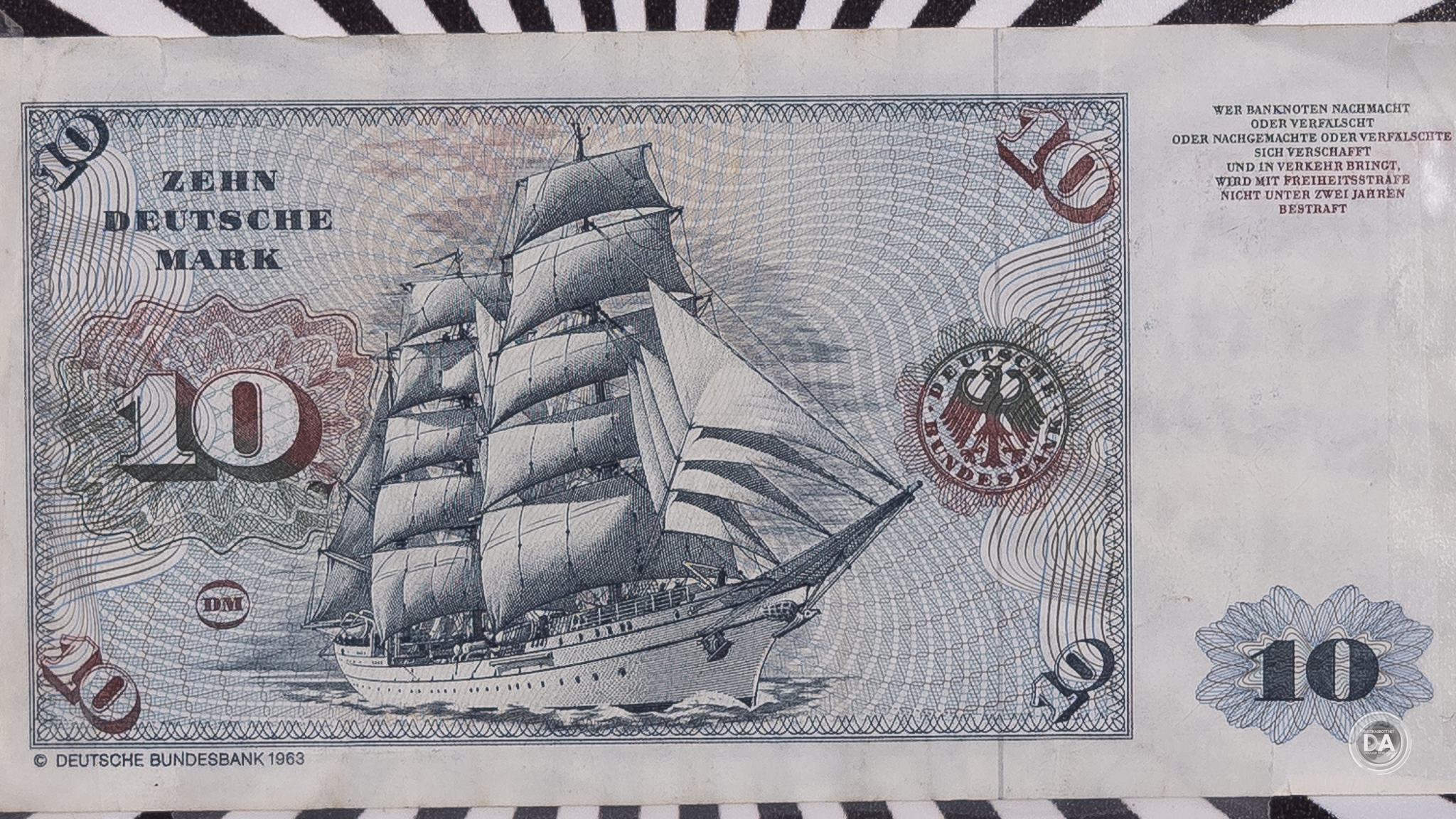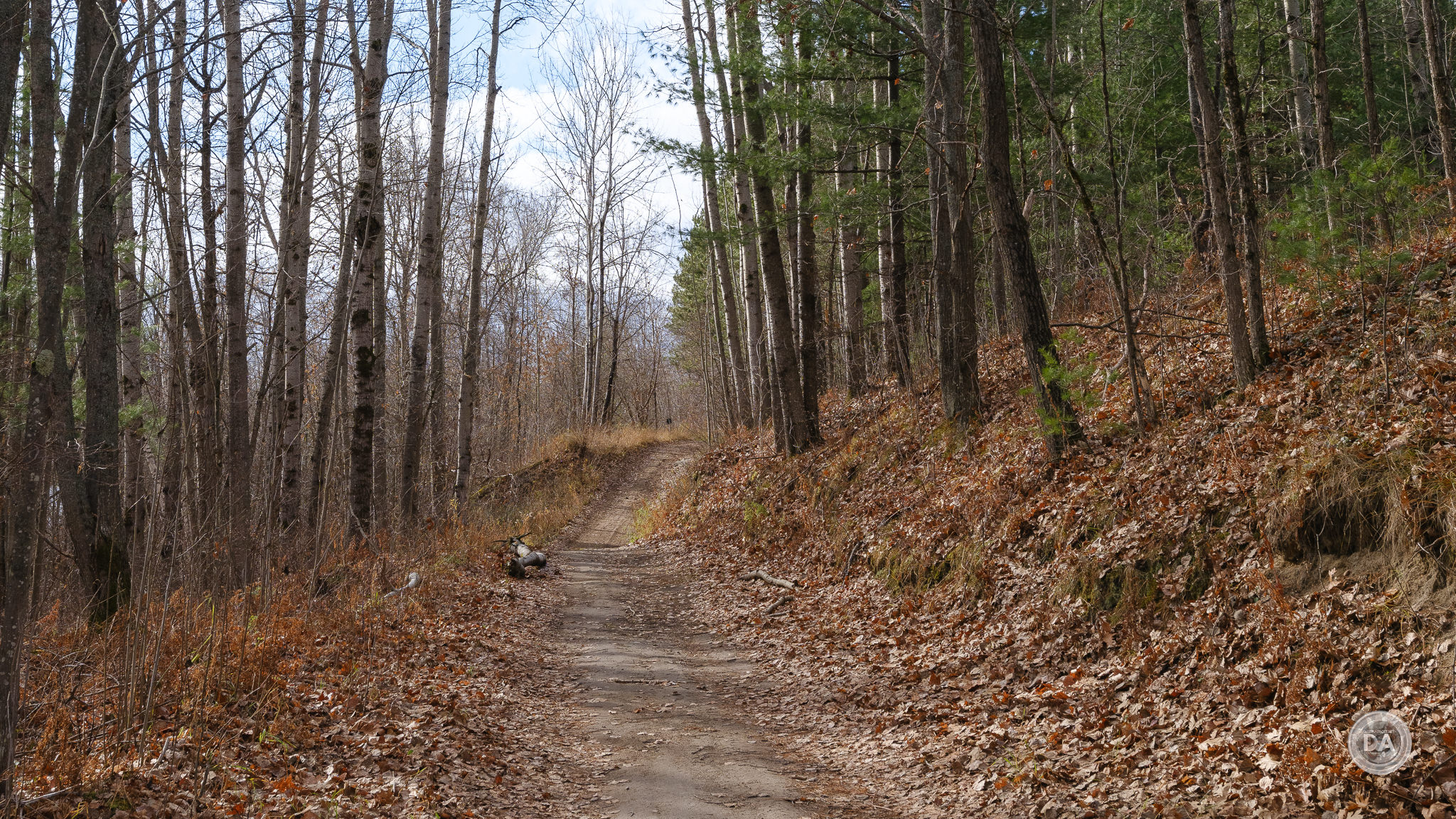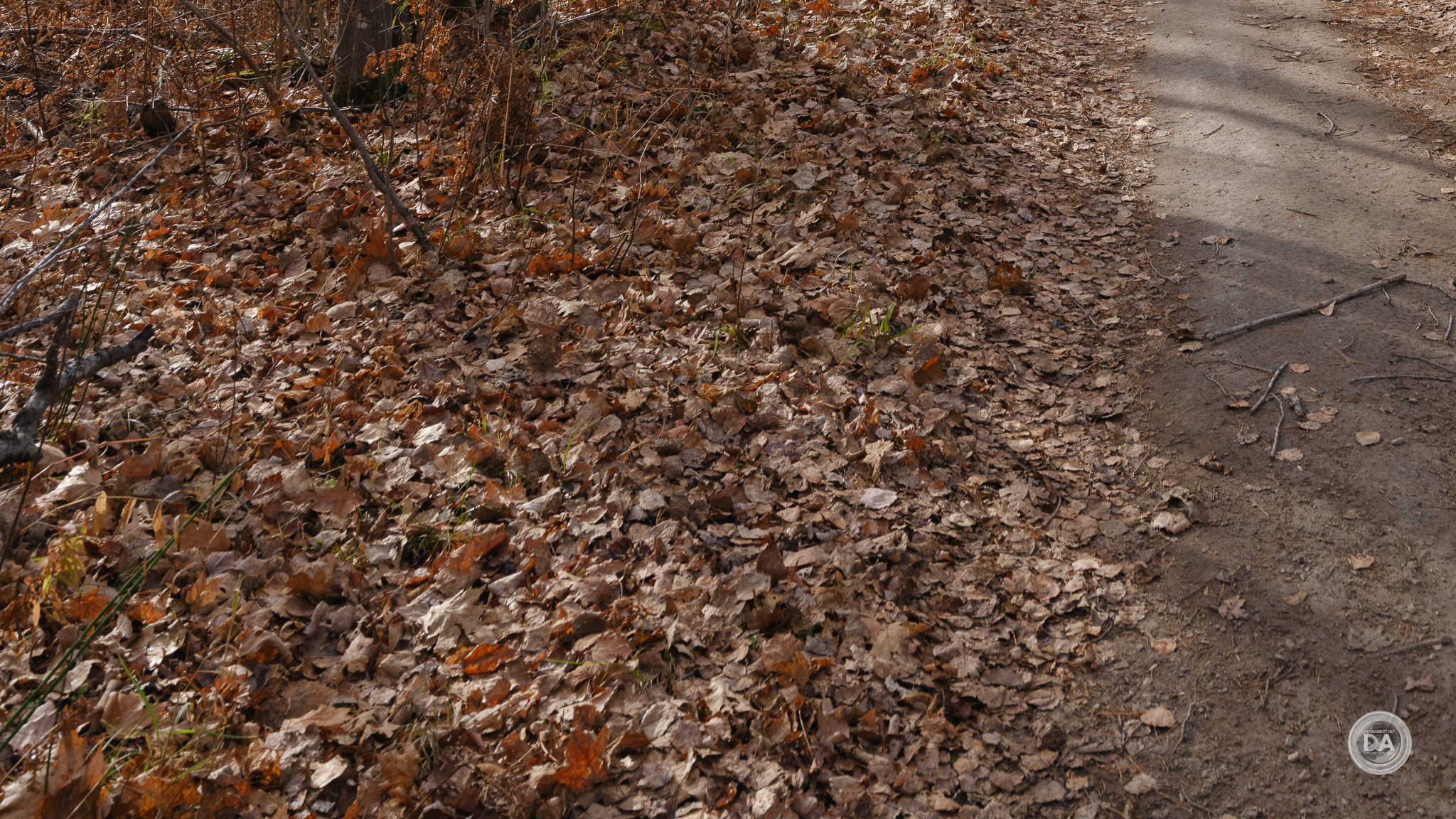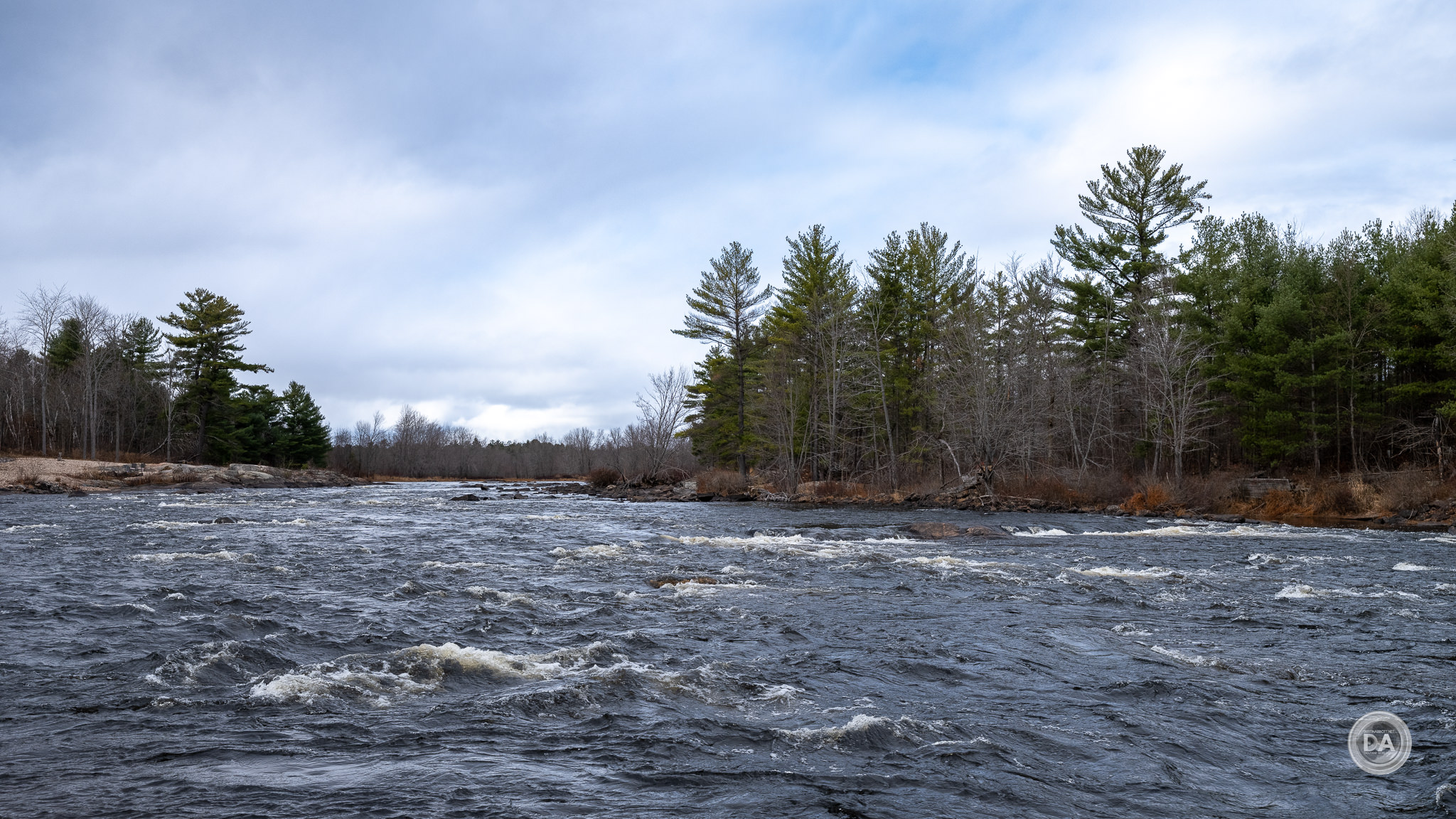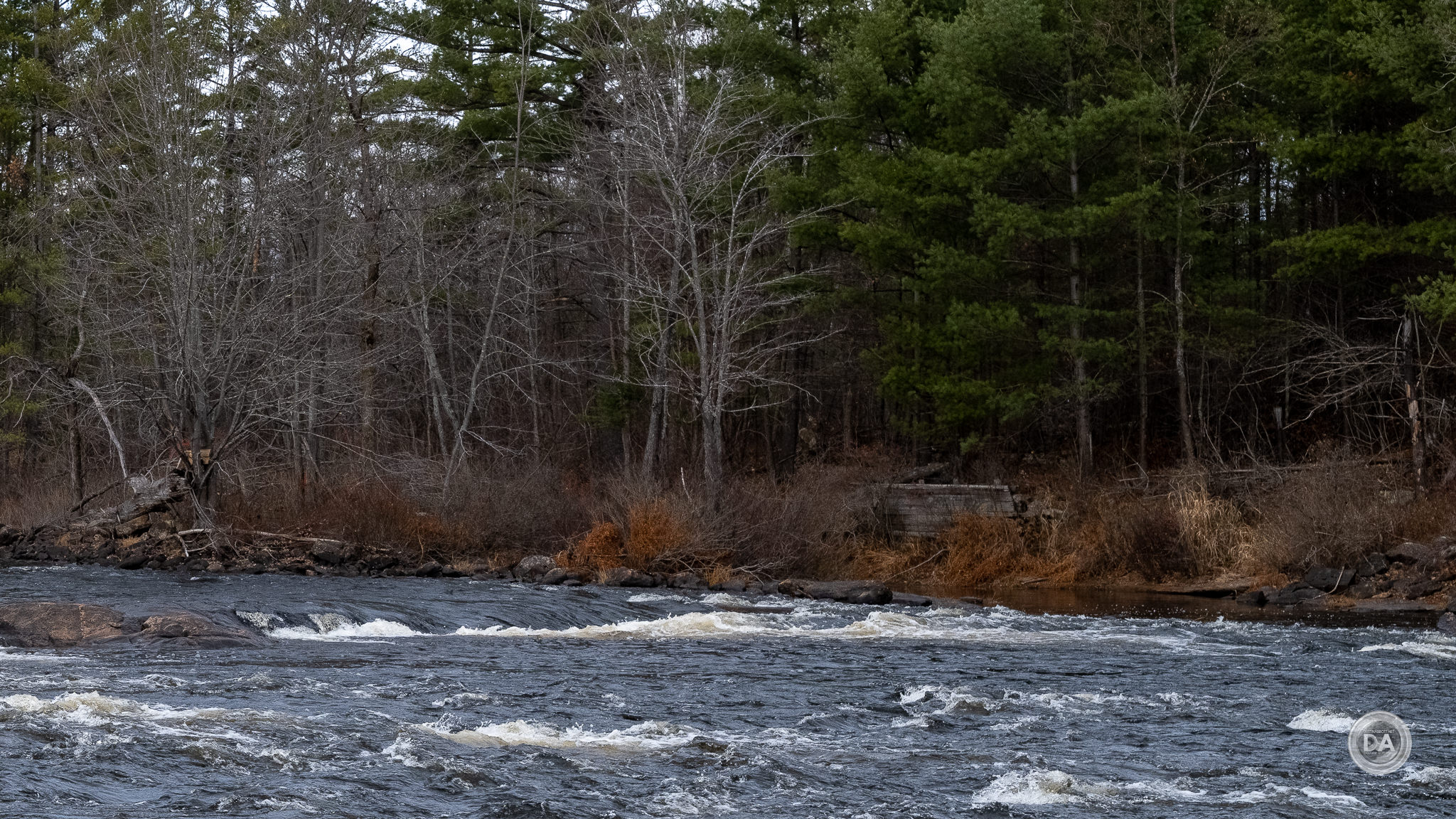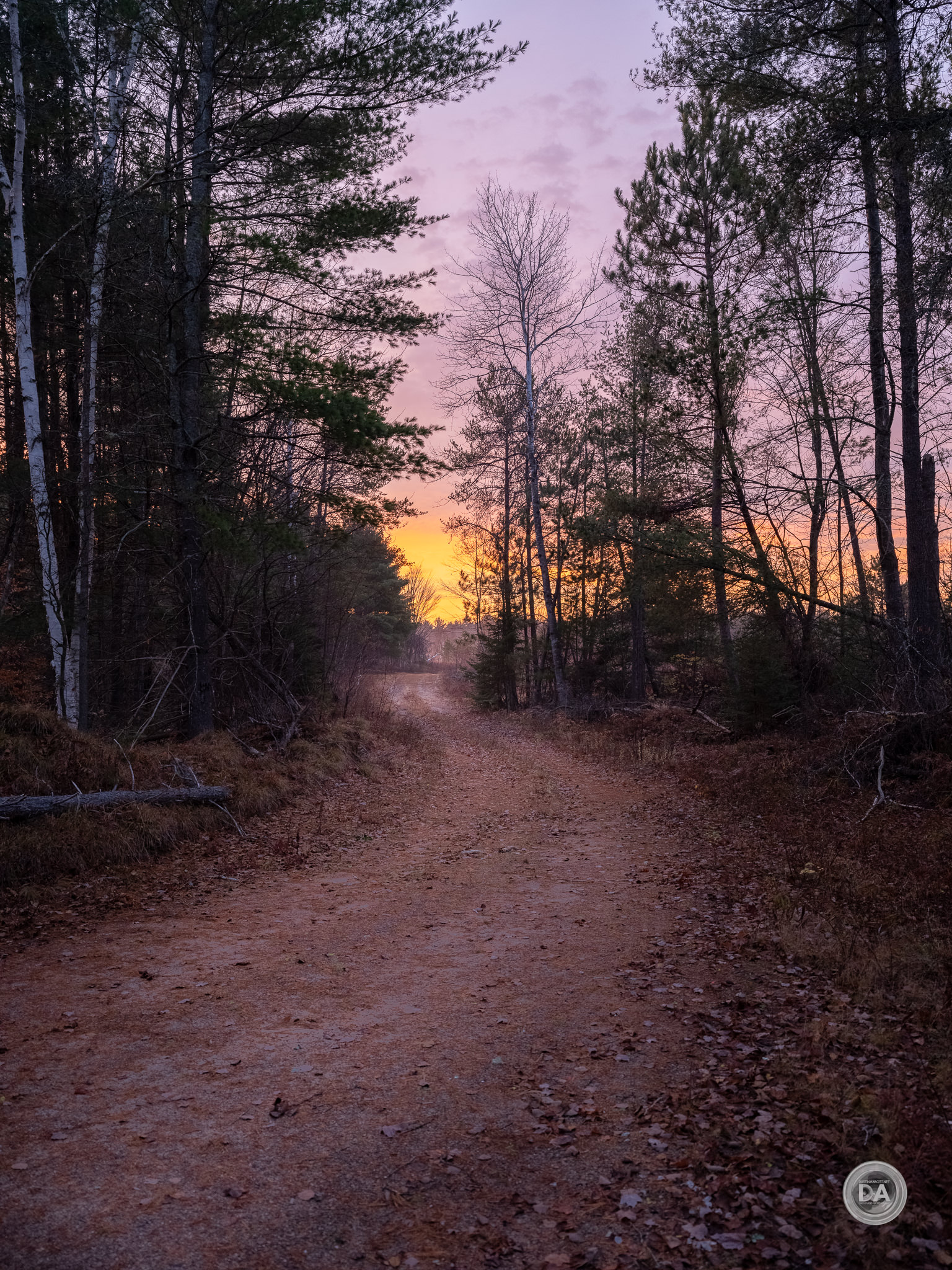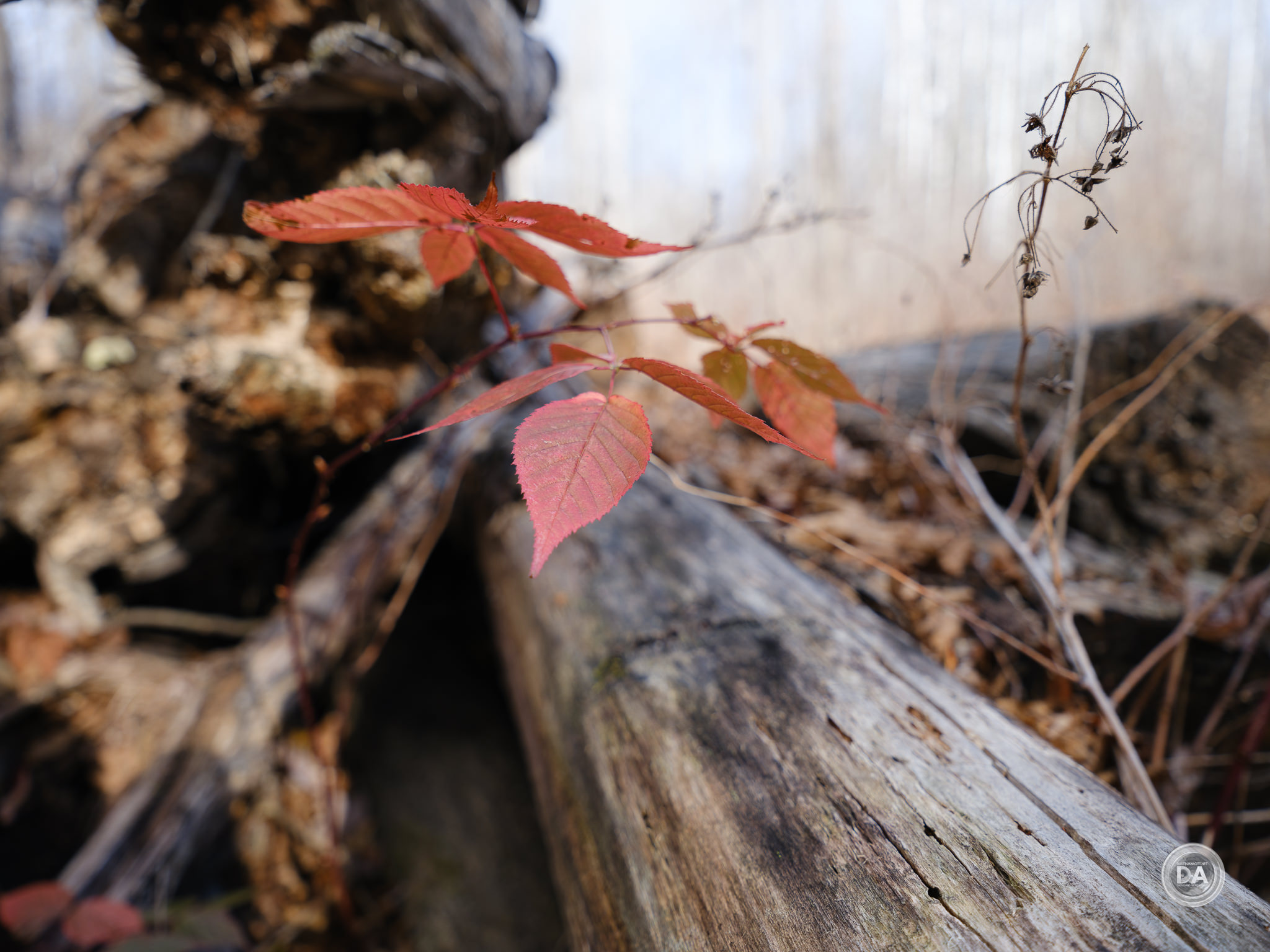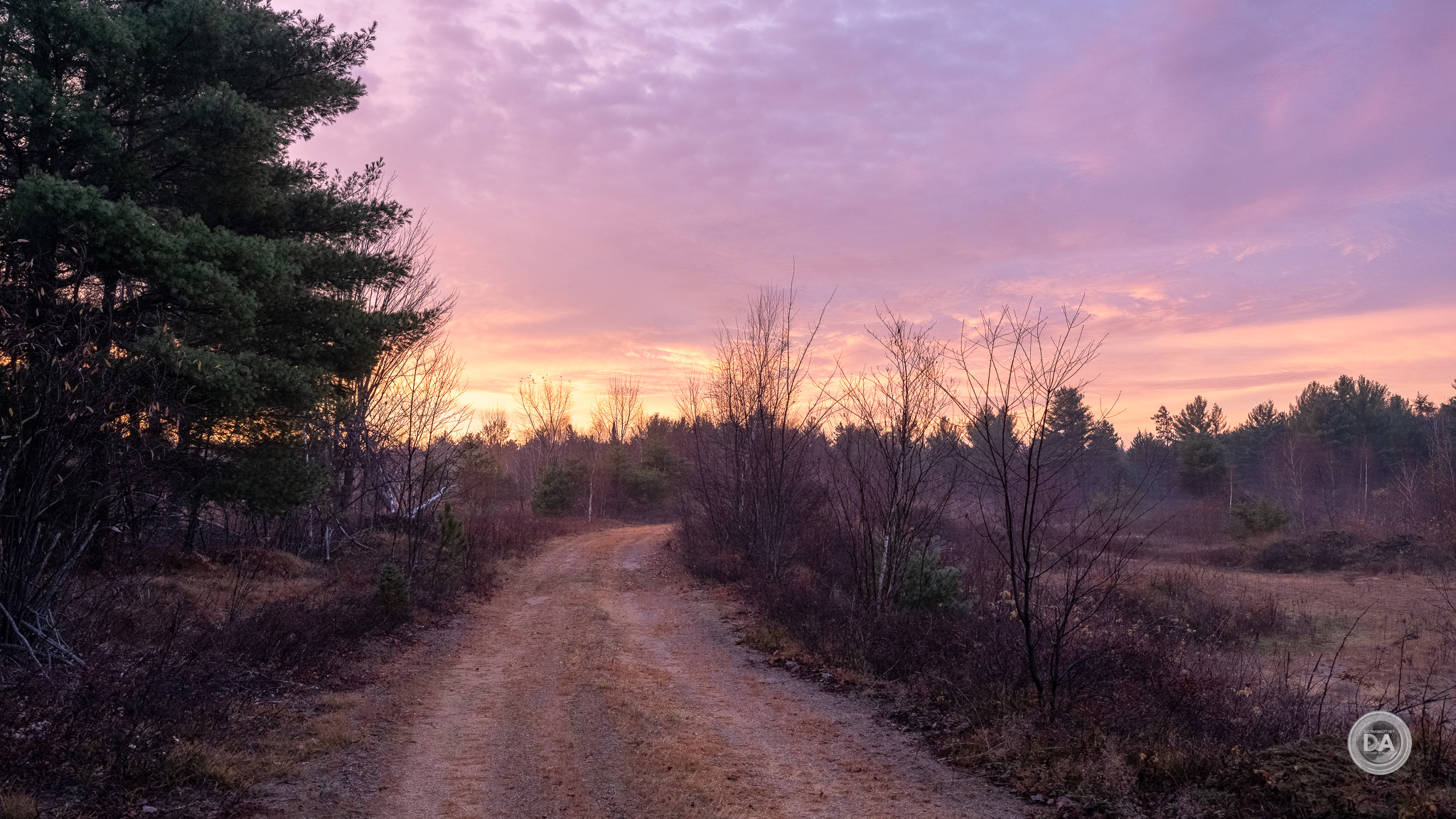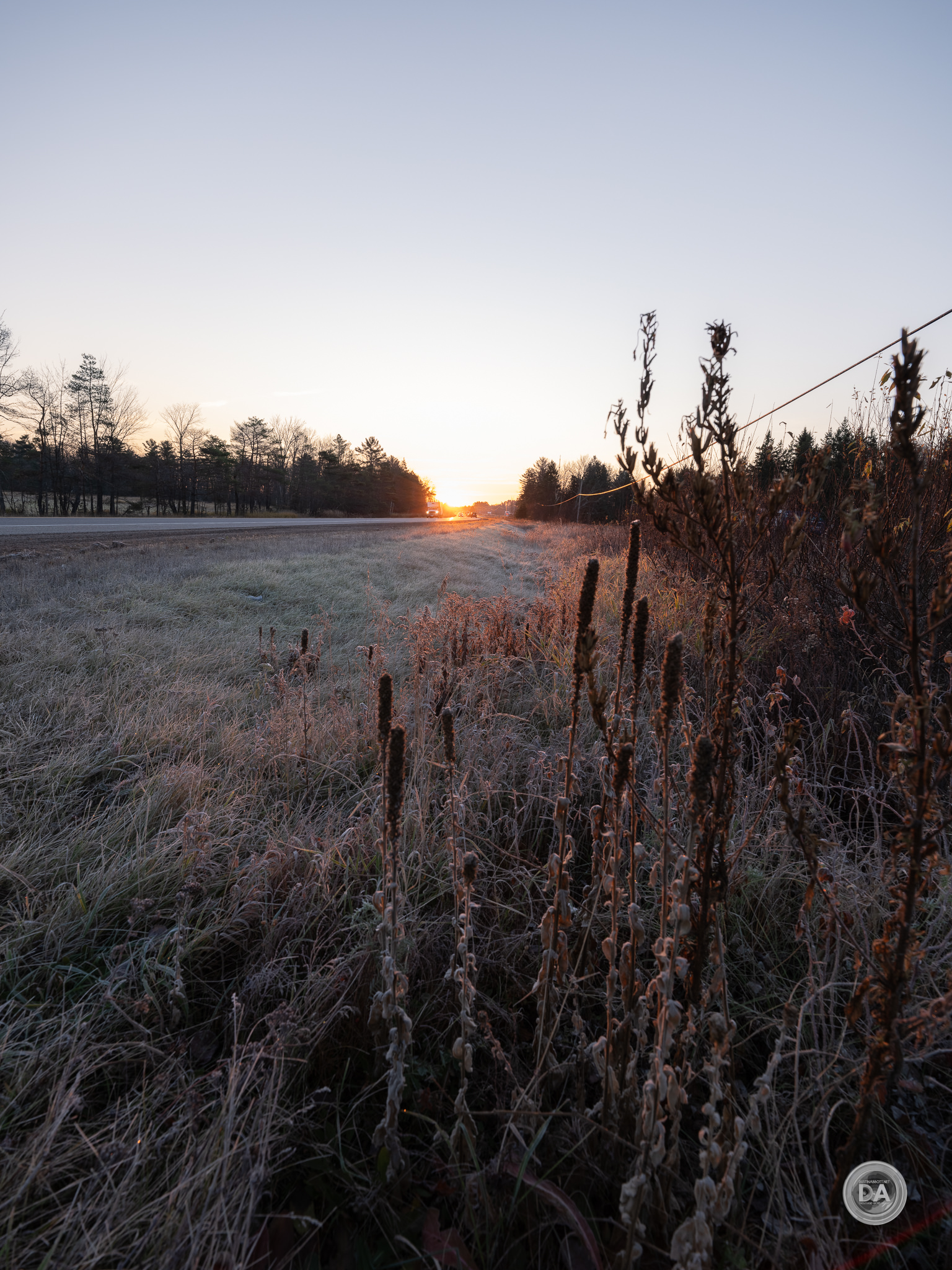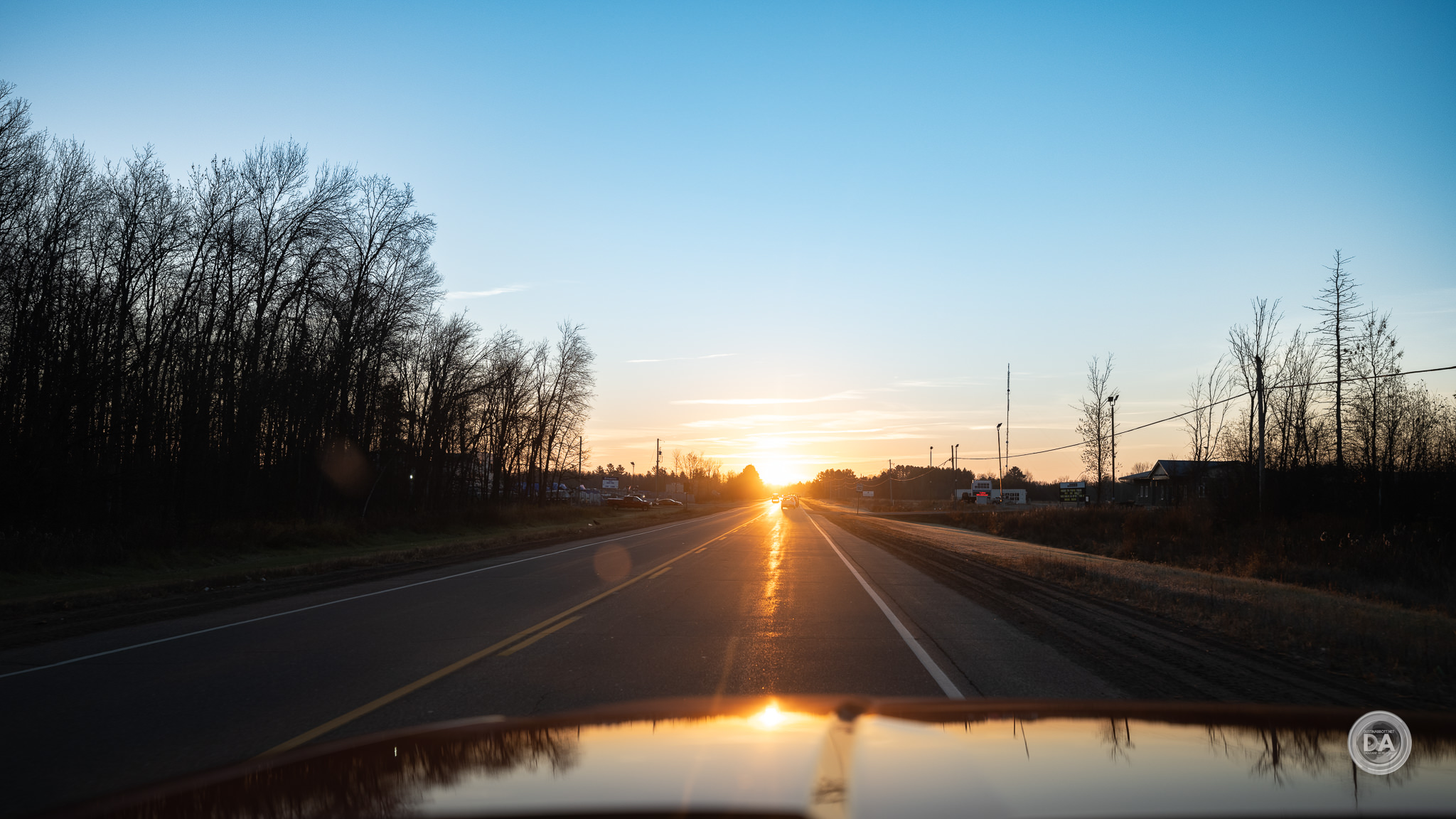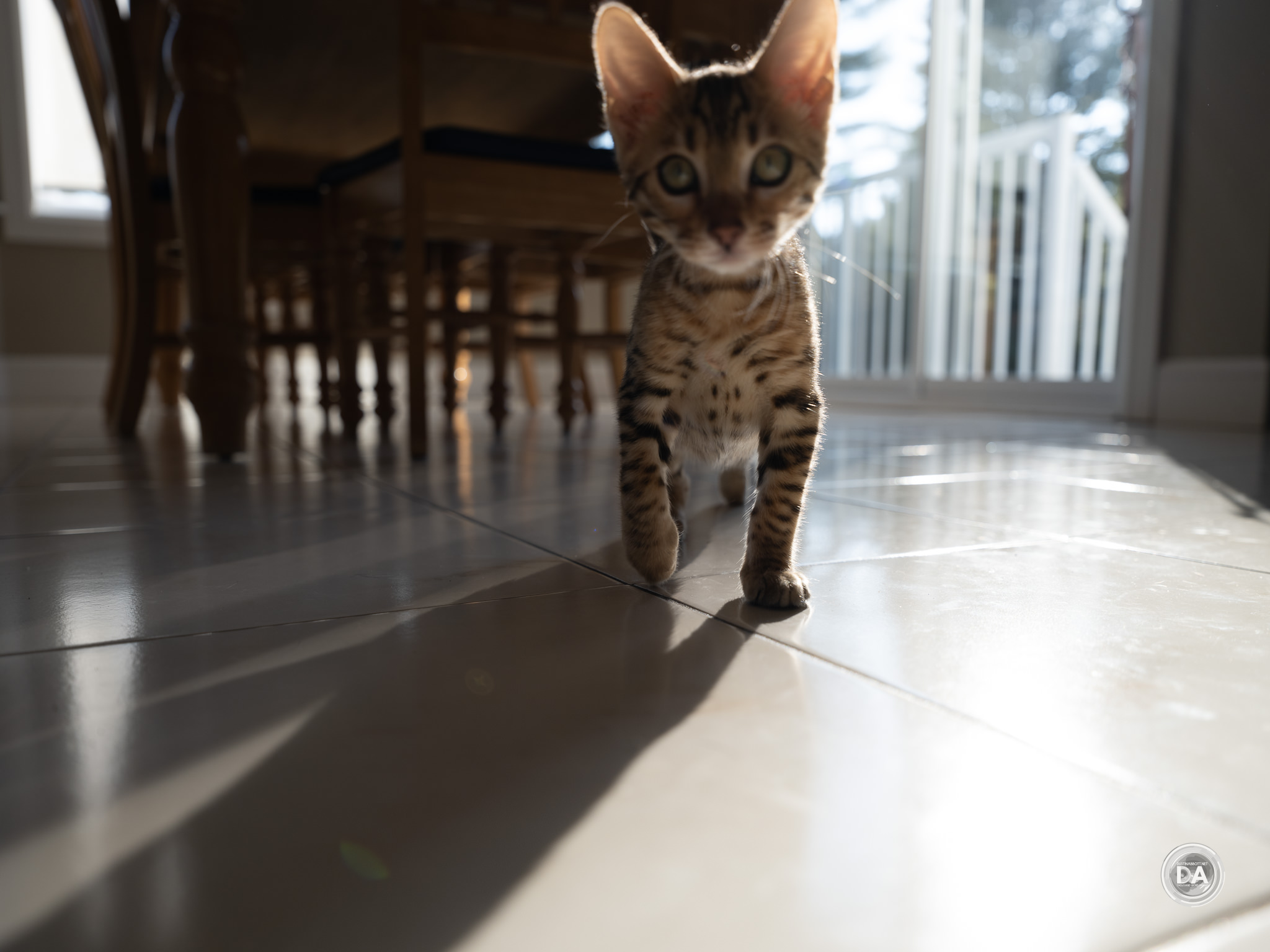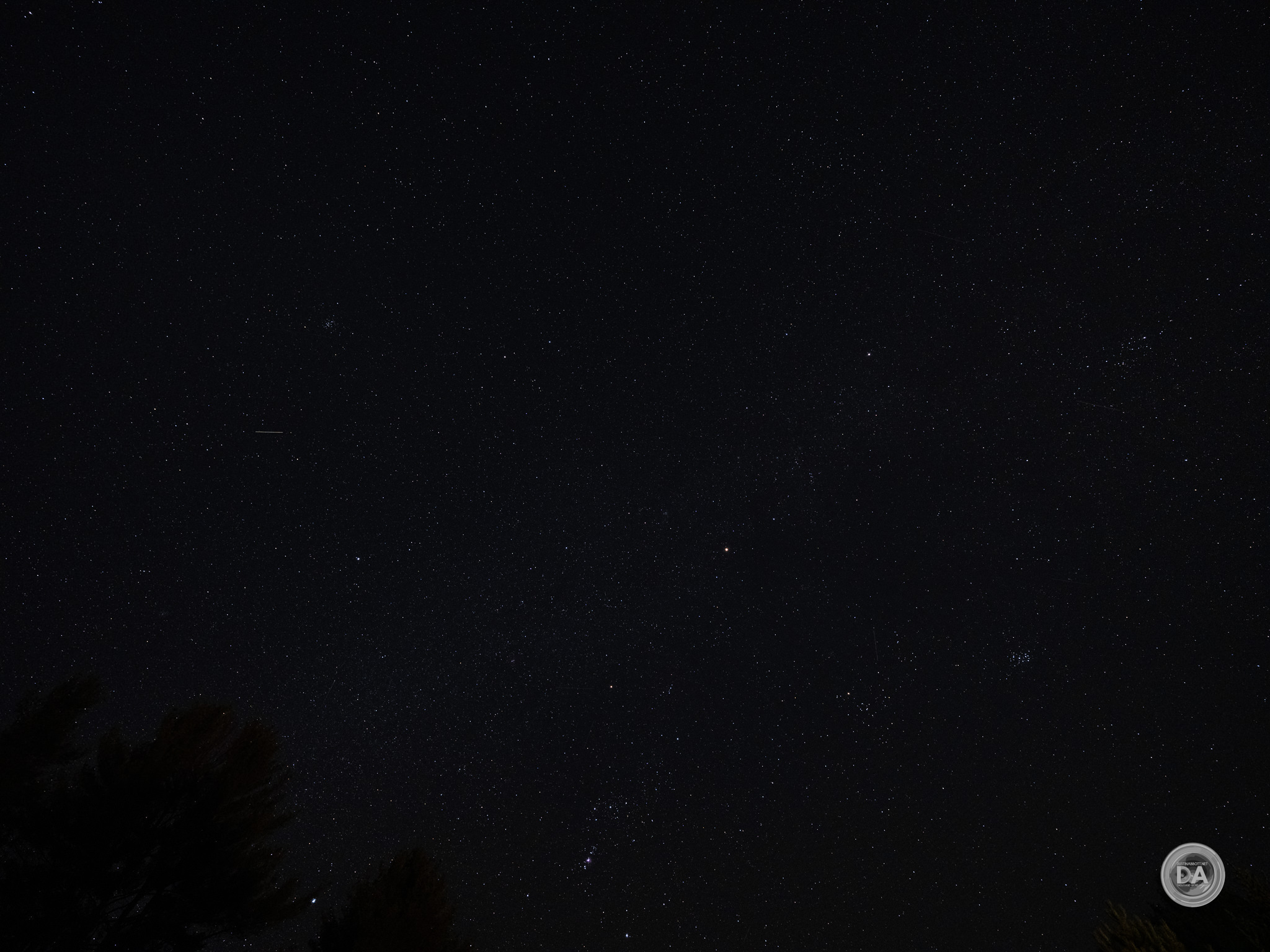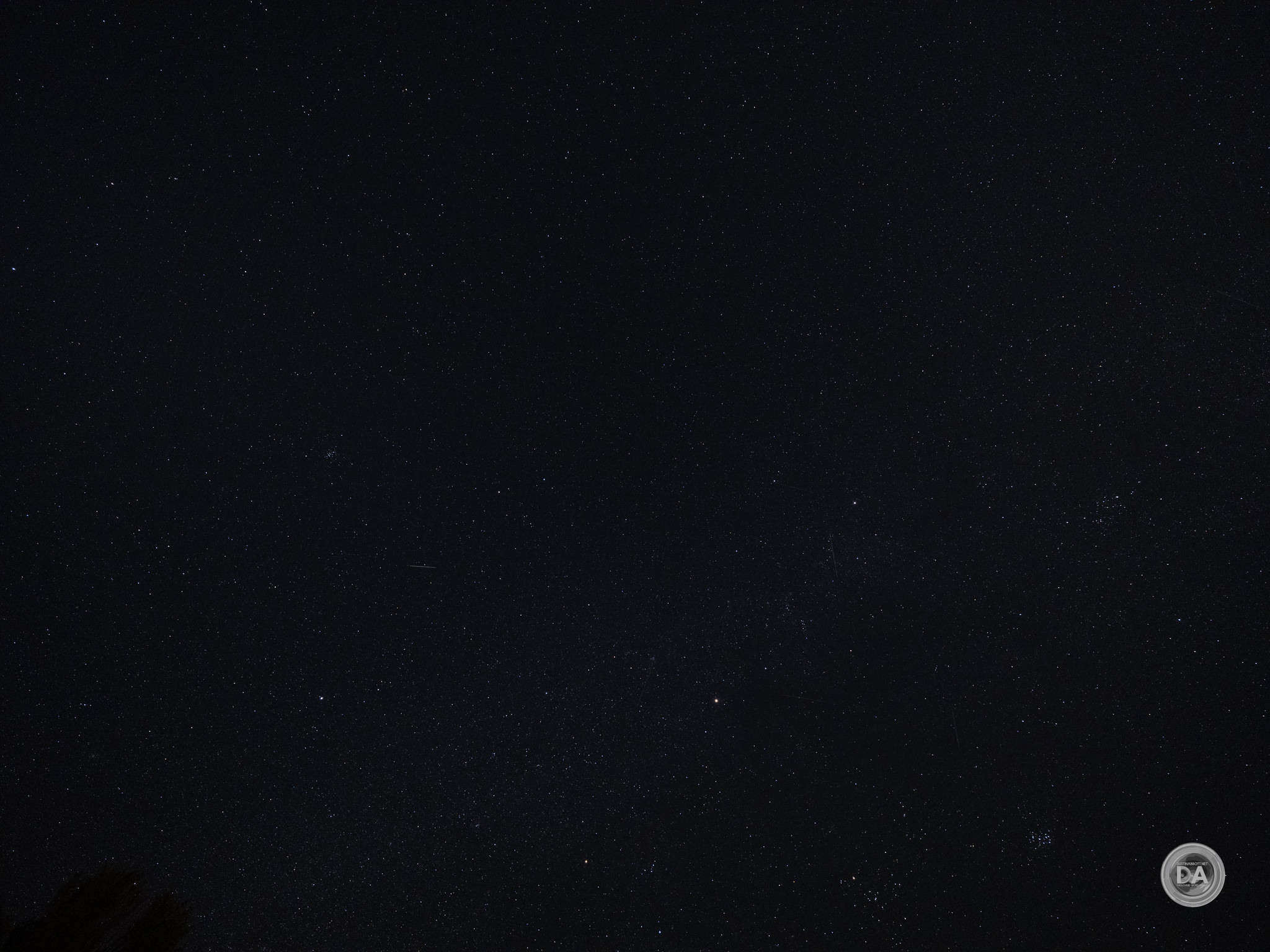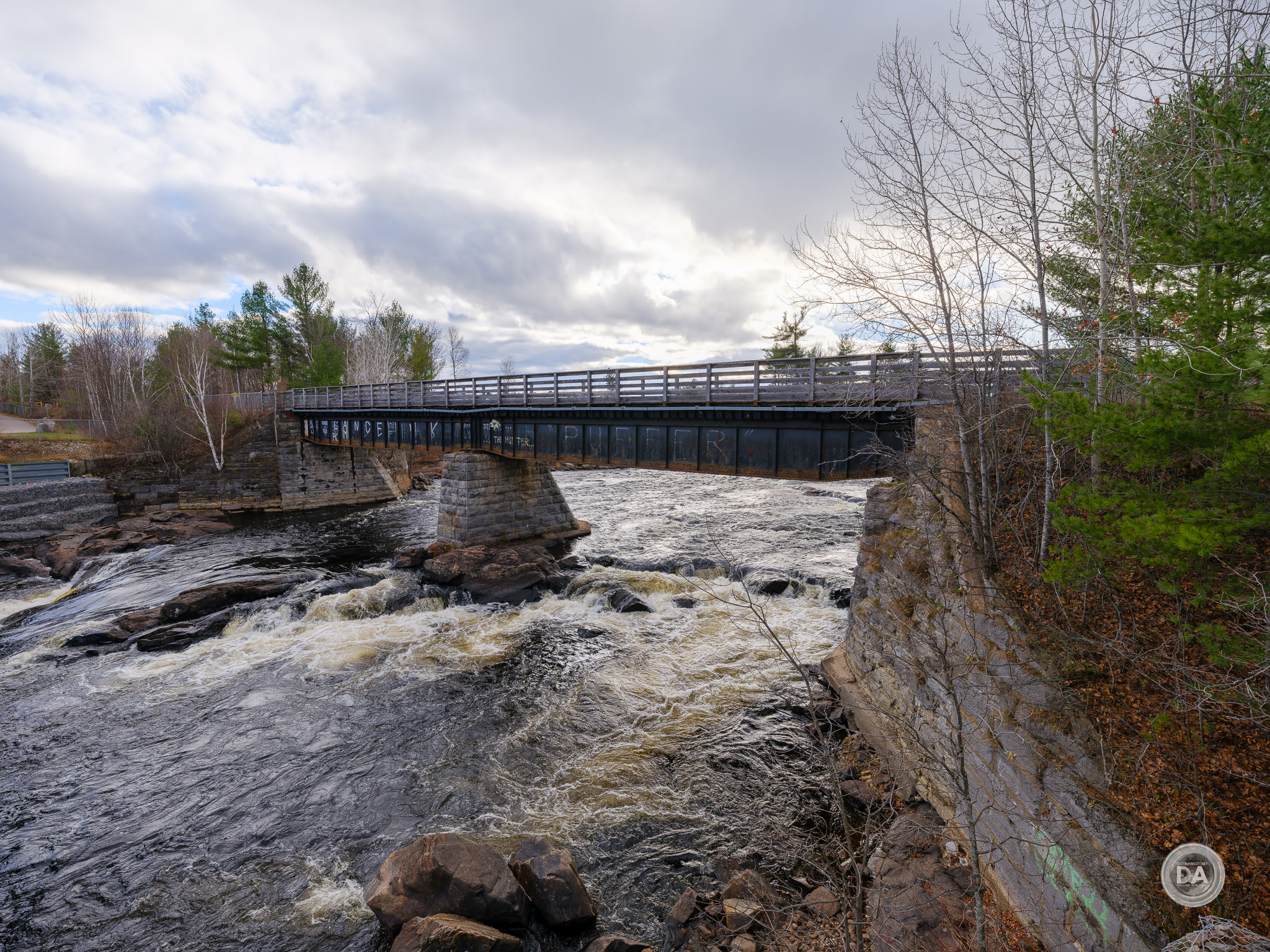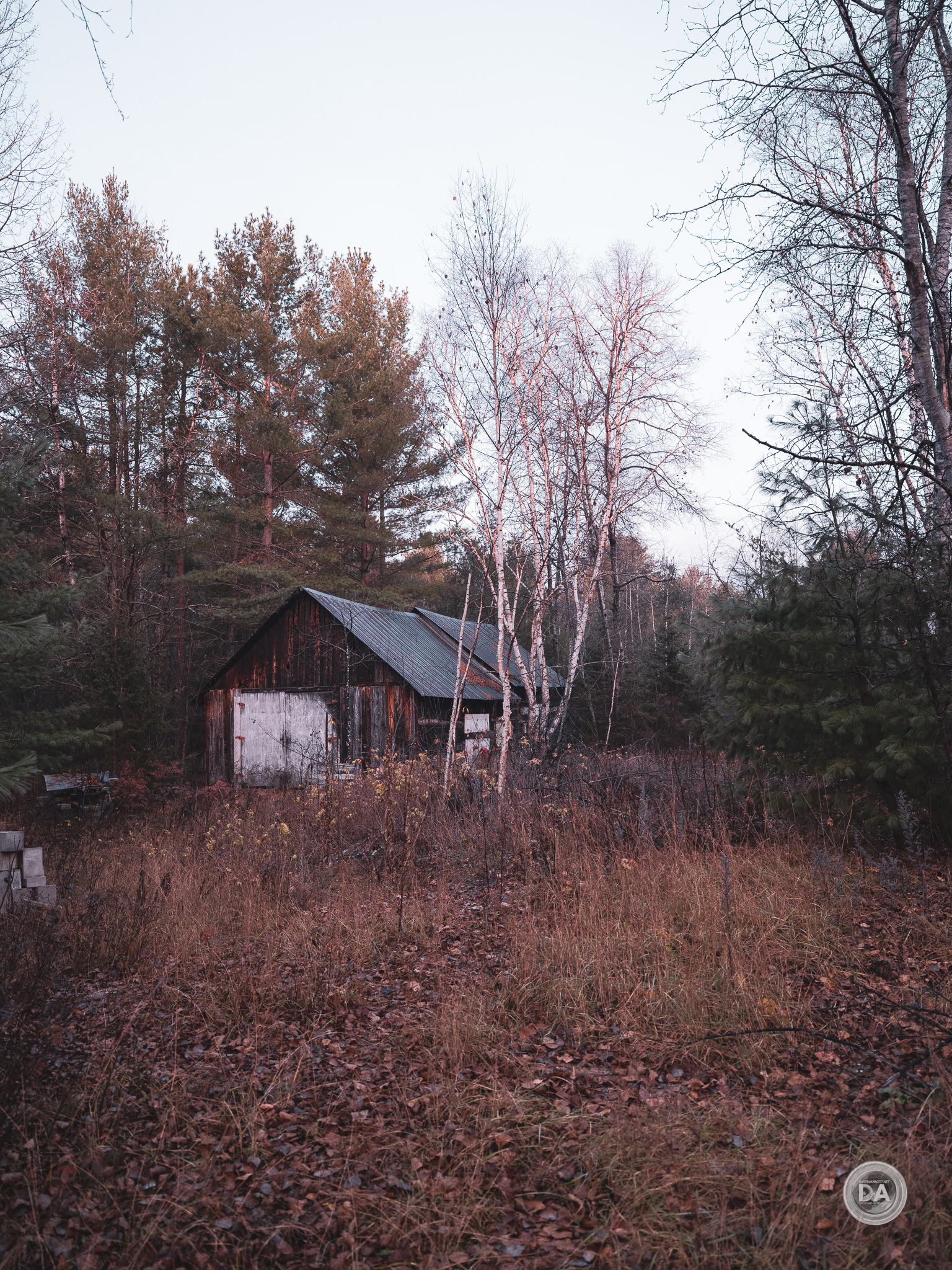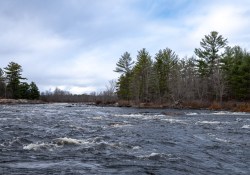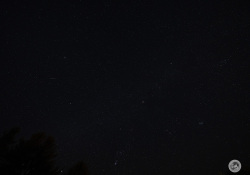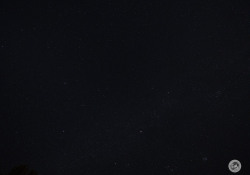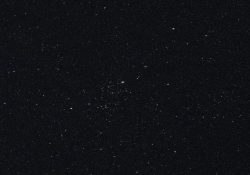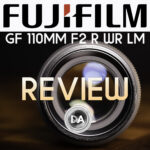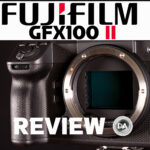New lens releases for Fujifilm’s unique GFX medium format cameras don’t come often, so when one arrives, it is worth taking a look. Their newest lens is the Fujinon GF 20-35mm F4 WR, a wide angle zoom that proves to be a great match even to their extremely high resolution Fujifilm GFX100S (102MP!) that I used for this review. As Fuji’s Medium Format has a unique crop factor of 0.79x (as compared to 1.0x of standard full frame), the equivalent focal length of this zoom is 16-28mm, making this the widest angle of view available on the GFX platform. At 20mm the angle of view is 108°, which gives you a very wide view of the world.
You can zoom into a 76° angle of view at 35mm, which gives you quite a different framing:
While the GF 20-35mm doesn’t sport all of Fuji’s bells and whistles, it does come with a weather sealed design (WR) and aperture control ring (R). The weather sealing is robust, sporting 12 seal points along with a fluorine coating on the front element.
Fuji calls this lens extremely compact, and, while that’s true in medium format terms, it is still a fairly large lens by the standard of smaller sensors. But what is equally true is that Fuji has managed to create a wide angle zoom that has relatively few optical flaws and is thus a great tool for maximizing the performance of those incredible medium format sensors.
The MSRP of the lens is $2499 USD, which is fairly reasonable for this type of lens. There are plenty of Full Frame 15/16-35mm F2.8 lenses that are within a few hundred dollars of that price point, and you certainly wouldn’t find any equivalent medium format lens anywhere close to that price point. If you are invested in Fujifilm’s GFX system, you have done so because of its relative value, not because it is cheap. So is the GF 20-35mm F4 worthy of adding to your kit? You can either watch my video review or read on to find out!
Follow Me @ Patreon | My Newsletter | Instagram | Facebook | Twitter | Flickr | 500px
Thanks to Fujifilm Canada for providing me a review loaner of the GF 20-35mm along with the GFX100S body to test it on. As always, this is a completely independent review. All opinions and conclusions are my own.
Fujinon GF 20-35mm F4 Build and Handling
The GF 20-35mm sports the familiar design language of most all GF lenses that I’ve tested. If you are primarily familiar with smaller sensor sizes, it is the girth of medium format lenses that stands out. The mount diameter is 65mm, which is significantly larger than Fuji’s own APS-C X-mount (44mm), Sony E-mount (46.1mm), Canon’s RF (54mm), or Nikon’s Z mount (55mm). That mount size means that all lenses are going to have a minimum diameter of 70mm or so just to accommodate having a flange around the lens mount. GF lenses always seem a little “chunky” for this reason.
The GF 20-35mm follows this trend, and it is a fairly wide 88.5mm in diameter (3.5”) and an even longer 112.5mm (4.42”) in length. It has a large but reasonably common 82mm front filter thread, which means that traditional screw-in filters can be used. That’s important, as it isn’t uncommon for wide angle lenses to have a curved front element to accommodate the wide angle of view, making filtering difficult.
The lens weighs in at 725g or 25.6oz, which makes it heavy but not particularly so. I’ve used plenty of wide angle zooms for smaller sensors that were heavier.
The “R” in the name refers to aperture ring. There is a dual approach to aperture with a manual aperture ring along with an “A” mode (automatic) that allows aperture to be controlled within camera. On GF lenses there is also a “C” mode, which stands for command, giving you yet another way (command dial) to control aperture.
The aperture diaphragm has nine rounded blades to help maintain a circular shape when the lens is stopped down.
There are two other rings on the lens. The largest is the zoom ring which dominates the center portion of the lens. It has a high quality rubberized texture with deep ribbing. This is an internally zooming lens, and the zoom action is perfectly damped and smooth. It is rare that an externally zooming lens can compete with the smoothness of this action. The zoom ring has roughly 75° of rotation and allows for nice precision.
The focus ring is narrower and occupies the space nearest the front of the lens. It has a similar texture and moves smoothly, though the nature of the focus feels a little disconnected.
A wide but shallow petal-shaped lens hood is included. It does include a locking mechanism to make sure it doesn’t get inadvertently shifted.
The minimum focus distance is 35cm (13.8”), and the resulting magnification level is only 0.14x. Here’s what MFD looks like from my test chart.
Close up performance is reasonably good, though contrast isn’t as high I found at further focus distances. One advantage of the MFD not being particularly close is the plane of focus is fairly flat (not a lot of field curvature), though I didn’t find this a particularly compelling lens for up-close subject isolation.
We don’t have Fuji’s in-lens stabilization system (OIS) here, though fortunately the GFX100S body that I tested the lens on has excellent in-camera stabilization and I was able to get very effective stability for handholding results. That’s good news, as a maximum aperture of F4 means in dimmer lighting conditions you might want to choose a lower shutter speed over boosting the ISO. I had completely stability in this 1/8th of a second shoot at 35mm even on a very high resolution body:
The GF 20-35mm handles well in the field and the build quality is pretty much exactly what I’ve come to expect for the Fujinon GF lenses.
Autofocus Performance
While Fuji’s autofocus performance in its medium format space is generally better than their direct competitors, autofocus performance remains a good way behind what’s available in the smaller sensor space. You may have spotted that there isn’t “LM” in the lens title, which in Fuji-land tells you that the GF 20-35mm is not equipped with Fuji’s premium Linear Motor focus system. We’ve got a STM (stepping motor) focus system instead, but the end results were not bad in my medium format experience.
Focus speed for general photography was relatively snappy, particularly when shooting landscape type scenes.
The slowdowns came at the extremes. When trying to isolate a subject, for example, I saw some hunting and a lack of confidence. It was not uncommon for me to not be to get the lens to focus on a close subject and to stubbornly stay focused on the background. I had to manually focus for this shot before autofocus would lock onto the desired subject.
I also had zero success with trying to get shots of Nala even slowly walking around. If she was moving towards the camera my results were invariably back-focused.
I also saw a bit of a mixed bag when testing video autofocus. Focus pulls were relatively fast and smooth for medium format, and I heard little sound from the STM focus motor. That’s progress!
What I also saw, however, was some visible stepping and a tendency for focus to move past the subject and then pop back to the proper place. That was particularly true in my test when I held my hand up in front of the lens and then allowed it snap back to my face.
This remains a less than ideal format for video work, though I do feel like I’m seeing gradual improvements in the GFX system. The better focus system in the GFX100S relative to the GFX50S II certainly helps. When shooting static video shots focus wasn’t pulsing or hunting, and that in itself allowed me to get some excellent looking footage.
In general, autofocus was better than what I’ve seen in some other GF situations, so I think that the autofocus performance is generally good despite not having the premium AF system. You just have to be realistic about the current limitations of medium format, though I do think that Fuji is moving in the right direction.
Fujinon GF 20-35mm F4 Image Quality
Though autofocus has never been a medium format strength, image quality most certainly has been. The sensor in the GFX100S is one of the most impressive I’ve ever seen, and I feel like the GF 20-35mm is a lens that can optically take advantage of it. We have an optical formula of 14 elements in 10 groups, and this includes 3 aspherical,1 aspherical ED and 3 ED elements, meaning that half of the elements are “exotic” elements. That leads to a very impressive MTF chart.
Even if we use the most demanding results (on the right), we see that the lens is insanely sharp in the center of the frame at both the wide and telephoto ends. Mid-frame performance is also exceptionally sharp, and, while there is a dip at the corners, they remain quite sharp even wide open. We’ll break that performance down in detail, but I can attest from real world results that the GF 20-35mm is impressively sharp. Take this 35mm, F4 result.
In the original image, the mother and son in the distance are so tiny that you don’t even hardly see them. But the deep crop (about 100%) shows they are perfectly rendered along with the trees around them. That’s pretty fantastic, and gives us a hint of what we’ll find in the more standardized tests.
A couple of brief notes about the tests. First of all, there isn’t a way that I’m aware of for turning off the in-camera corrections (though I could disable the profile in Lightroom). If you are shooting JPEGs, it seems like they will always be corrected. That’s mostly a good thing, though in some cases profiles can overcorrect, and sometimes a bit of vignette or pincushion distortion can be a flattering look (in portraits, for example). In this case I think the profiles generally do a good job of correction. Secondly, my test chart is set up 3:2 ratio that we find on full frame and APS-C cameras, while the native ratio of this medium format sensor is 4:3, which makes the “short side” longer. That means that I can’t frame my test chart perfectly, which also means that the extreme corners aren’t actually reflected in my testing (they are literally “of the chart”!)
We’ll start by taking a look at vignette and distortion at 20mm, and then at 35mm:
At 20mm we can see a fairly significant amount of barrel distortion if I turn off the corrections. I had to use a +18 to correct, but we can see a bit of a mustache style pattern left behind. Vignette is also very heavy, requiring me to nearly max out the sliders to correct. There’s a good 4+ stops of vignette in the far corners. This is a pretty typical performance for a wide angle zoom and the distortion and vignette is probably the compromise required to give us a smaller size and the ability to use traditional filters. I framed my test chart tightly on the sides in the viewfinder, so this means that Fuji designed the lens to be slightly wider than stated to allow room to correct back to 20mm.
At 35mm the distortion has changed to a pincushion style. It’s less extreme and more linear in nature, but still required a fairly substantial -13 to correct for it. Vignette was only slightly less heavy, requiring a +79 to correct it.
Not an amazing performance, but also not bad for a relatively compact wide angle zoom lens that goes wider than the platform has ever seen before.
I did see some Longitudinal Chromatic Aberrations (LoCA) when doing my formal tests. It showed up primarily as bluish-green fringing after the plane of focus.
I did see it in one or two real-world photos, but the truth of the matter is that there are few real-world situations where it will be seen for the simple reason that won’t be many shallow depth-of-field scenarios with this lens (wide angle plus low magnification).
More important in a wide angle lens is the control of Lateral Chromatic Aberrations (LaCA) that show up near the edges of the frame on either side of contrast transitions. These are very well corrected for, and I saw little to no fringing in either my tests or real world photos.
As noted, I used the ultra-high resolution GFX100s for these tests (102MP), which is a very demanding test for any lens. Crops are shown at roughly 200% magnification as is my norm. Here’s a look at the test chart the crops will be taken from:
Here are 20mm F4 crops from the center, mid-frame, and corner:
We can see that the center results are exceptional even wide open, as is the mid-frame. As the MTF suggested, the results in the corners aren’t quite as crisp.
Stopping down to F5.6 makes little difference in the center of the frame, but there is a little bump in the midframe and a more obvious one in the corners.
There’s even more contrast and resolution on tap at F8 in the midframe and corners, and without a hit to the center, so I would use F8 as the go-to landscape aperture. Real world landscapes have a lot of detail:
Landscapes at either F5.6 or F8 are stunningly detailed, and colors are deep and rich (particularly on a gorgeous late autumn morning at sunrise!)
Minimum aperture is F22, but diffraction hits high resolution sensors particularly bad, so the image is much softer and lower contrast by that point.
At 25mm the image quality in the center and mid-frame is a tiny bit better than at 20mm while the corners feel very slightly softer. Real world results are still excellent…just not as exceptional in the corners.
Stopping down to F8 doesn’t quite bring the corners up to the excellent levels that we saw at 20mm.
30mm has a slightly better corner performance and a sharpness profile more similar to 20mm across the frame, which is to say excellent. Stopping down to F8 produces levels similar to what saw at 20mm as well. Here’s a mid-frame example at F8:
At 35mm we see a continued excellent result. This real world landscape at F8 shows exquisite detail across the frame:
Put simply, this is a great partner to the high resolution GFX bodies for getting detailed landscape or cityscape images.
As noted previously, this isn’t really a great lens for producing bokeh. What I can see doesn’t look bad, but there won’t be a lot of opportunities for creating it.
Colors tend to be a Fuji strength, and that’s particularly true of their medium format cameras. I really liked what I was able to capture with the lens, as I saw some very nice gradations of color that just look fantastic.
Flare resistance looks quite good in real world use. I saw next to no ghosting or veiling artifacts, and shots into the sun retained good contrast.
I was likewise impressed with the coma performance of the lens. You can shoot the night sky with confidence using the GF 20-35mm, as star points are extremely crisp in the middle of the image but also mostly retain their shape even at the edges.
All told, this is a strong optical performance. There are some optical flaws, but considering that this lens goes wider than any previous lens on the system, I’m quite impressed with the consistency of performance from it. Check out more images in the image gallery to see it show off some more.
Conclusion
I haven’t always been blown away by the GF lenses in the way that I’ve been impressed with the GFX sensors, but it seems to me that the Fujinon GF 20-35mm F4 WR is the kind of lens that a lot of GFX shooters should be interested in. Landscape work should most certainly join portraiture as a top application for a medium format camera, and it seems to me that you could certainly do some of both with this lens. It is capable of delivering incredible landscape images, like this one that ended up at position #34 on Flickr’s Explore charts.
The list of optical flaws here is pretty brief, and I also felt positive about the autofocus…so long as you don’t expect it to keep up with even moderate action. That’s just not yet a part of the strengths of this format, though perhaps someday it will be.
If you’ve been looking for a competent wide angle zoom for your GFX camera, the wait is over. At $2499 USD this is not an inexpensive lens, but it is also not exorbitantly expensive, particularly when you consider how unique a lens it really is. You can create some incredible images with this lens, and I see no reason why the GF 20-35mm F4 should not become a staple in many Fujifilm medium format kits.
Pros:
- Moderate size and weight
- Thorough weather sealing
- Internally zooming with beautiful zoom action
- Goes wider than any previous GF lens
- Produces excellent sharpness in the center and mid-frame wide open.
- Excellent sharpness across the frame at smaller apertures
- Consistent sharpness across zoom range
- Good control of lateral chromatic aberrations
- Good flare resistance
- Good coma performance
- Beautiful color
- Can use traditional filters
Cons:
- Some autofocus hunting
- Fairly strong distortion and vignette
- Magnification level fairly low
Gear Used:
Purchase the GF 20-35mm F4 @ B&H Photo | Amazon | Camera Canada | Amazon Canada | Amazon UK
Purchase the GFX100S @ B&H Photo | Amazon | Camera Canada | Amazon Canada | Amazon UK
Purchase the GFX50S II @ B&H Photo | Amazon | Amazon Canada | Camera Canada | Ebay
Purchase the GF 35-70mm F4.5-5.6 WR @ B&H Photo | Amazon | Camera Canada | Amazon Canada | Amazon UK
Purchase the GF 110mm F2 LM WR @ B&H Photo | Amazon | Camera Canada | Amazon Canada
Purchase the Fujfilm GFX 100 camera @ B&H Photo | Amazon | Camera Canada | Amazon Canada | Ebay
Purchase the Fujinon GF 80mm F1.7 @ B&H Photo | Amazon | Camera Canada | Amazon Canada | Ebay
Purchase the Fujinon GF 45mm F2.8 @ B&H Photo | Amazon | Camera Canada | Amazon UK | Ebay
Want to support this channel? Use these affiliate links to shop at: B&H Photo | Amazon | | Camera Canada | Ebay | Make a donation via Paypal
Buy DA Merchandise https://bit.ly/TWIMerch
Peak Design Leash Strap: Peak Design Store | B&H Photo | Amazon | Amazon Canada | Amazon UK
Adobe Photoshop Creative Cloud 1-Year Subscription
Get a discount off all Skylum Editing Software (Luminar, Aurora HDR, AirMagic) by using code DUSTINHDR at checkout:
Visit Dustin’s Amazon Storefront and see his favorite gear
Purchasing your gear through B&H and these links helps fund this website and keeps the articles coming. You can also make a donation here if you would like. Visit my Amazon page for some of my gear of choice! Thank you for your support.
Purchasing your gear through B&H and these links helps fund this website and keeps the articles coming. You can also make a donation here if you would like. Visit my Amazon page for some of my gear of choice! Thank you for your support.
Receive a 5% discount on all purchases at Amplis Foto, Canada’s Leading Photographic Supplier. Please enter discount code: AMPLIS52018DA in your cart. It is good for everything in your cart, and is stackable with other coupons, too! It will take 5% off your entire order! Proceeds go towards keeping this site going and providing you with new reviews!
Use Code “DUSTINHDR” to get $10 off ($15 CDN) any Skylum product: Luminar, Aurora, or AirMagic
Keywords: Fujinon GF 20-35mm F4 WR, Fuji 20-35, Fuji 20-35mm, 20-35mm, F4, WR, R, Fujifilm GFX100S, GFX100S, GFX 100S, Fujifilm, Fujinon, Fujifilm GFX50S II, Fujifilm GFX-50S II, Review, Fujinon, Fuji, GF, Medium Format, Fuji GFX50S II, GFX, 50S II, MF, Portrait, Bokeh, Sharpness, Resolution, Video Test, Sample Images, Real World, Comparison, review, Dustin Abbott, dustinabbott, letthelightin, DA


